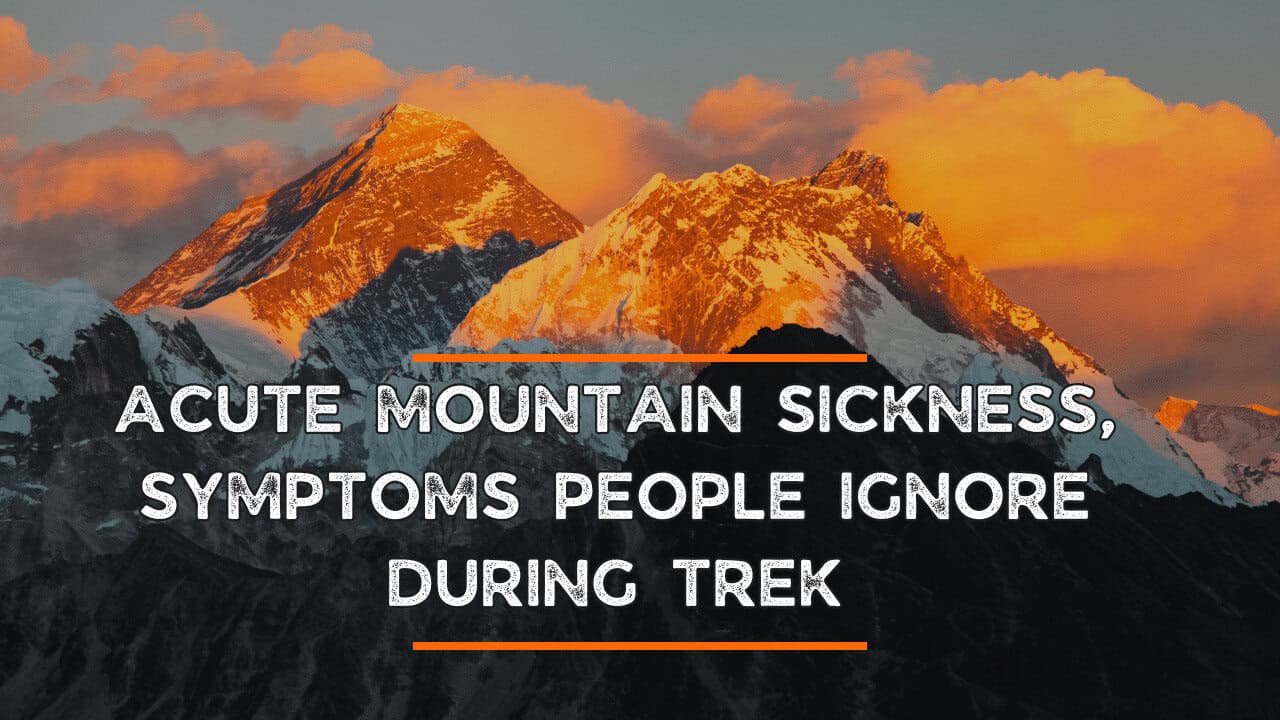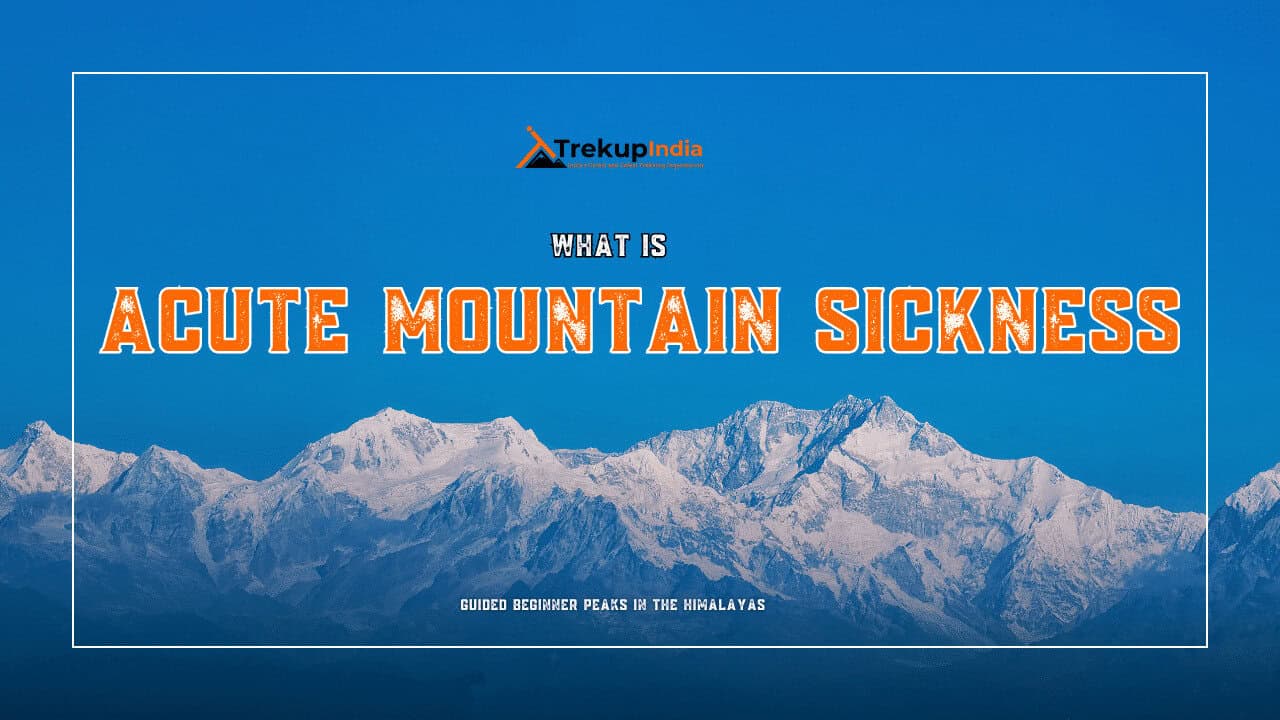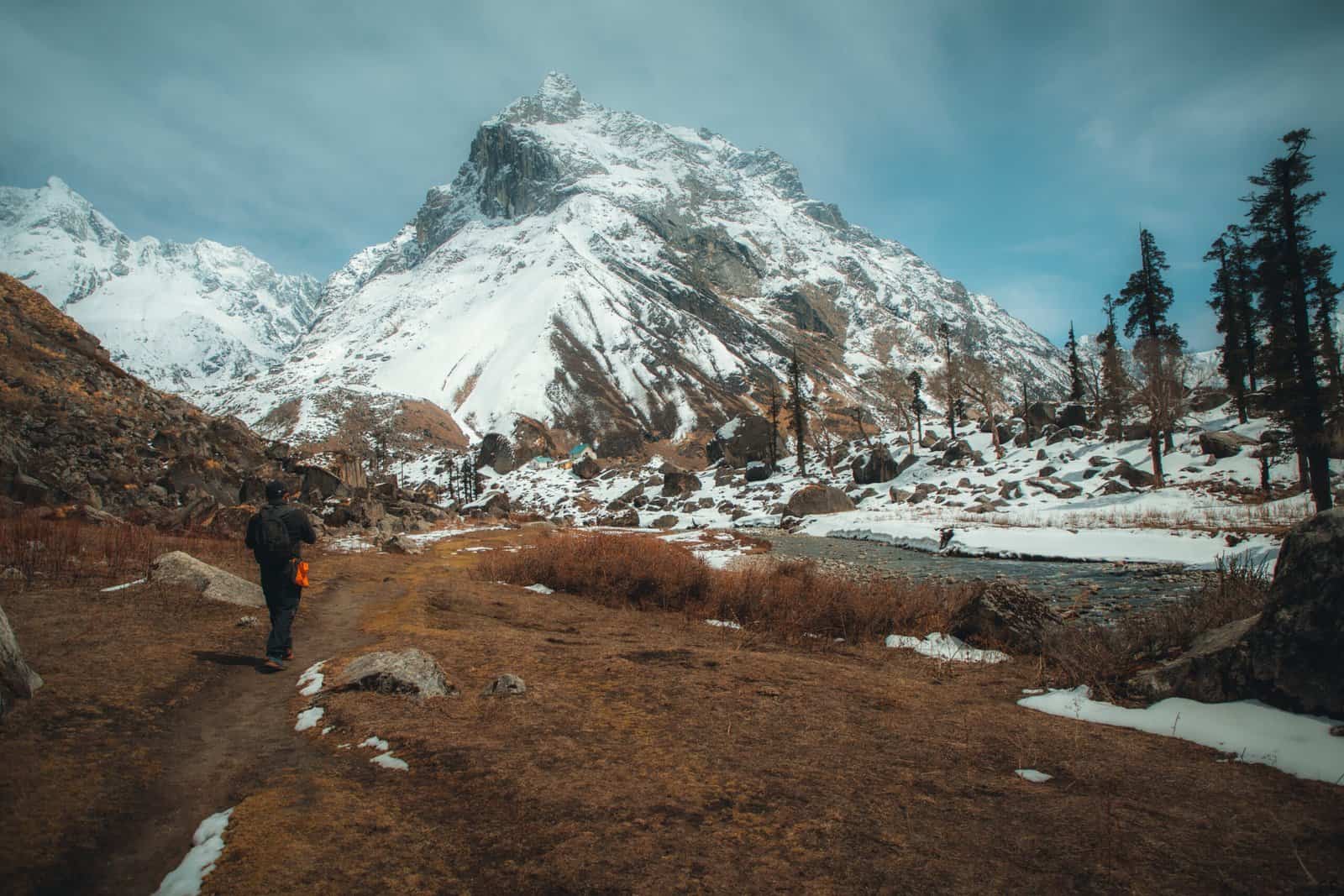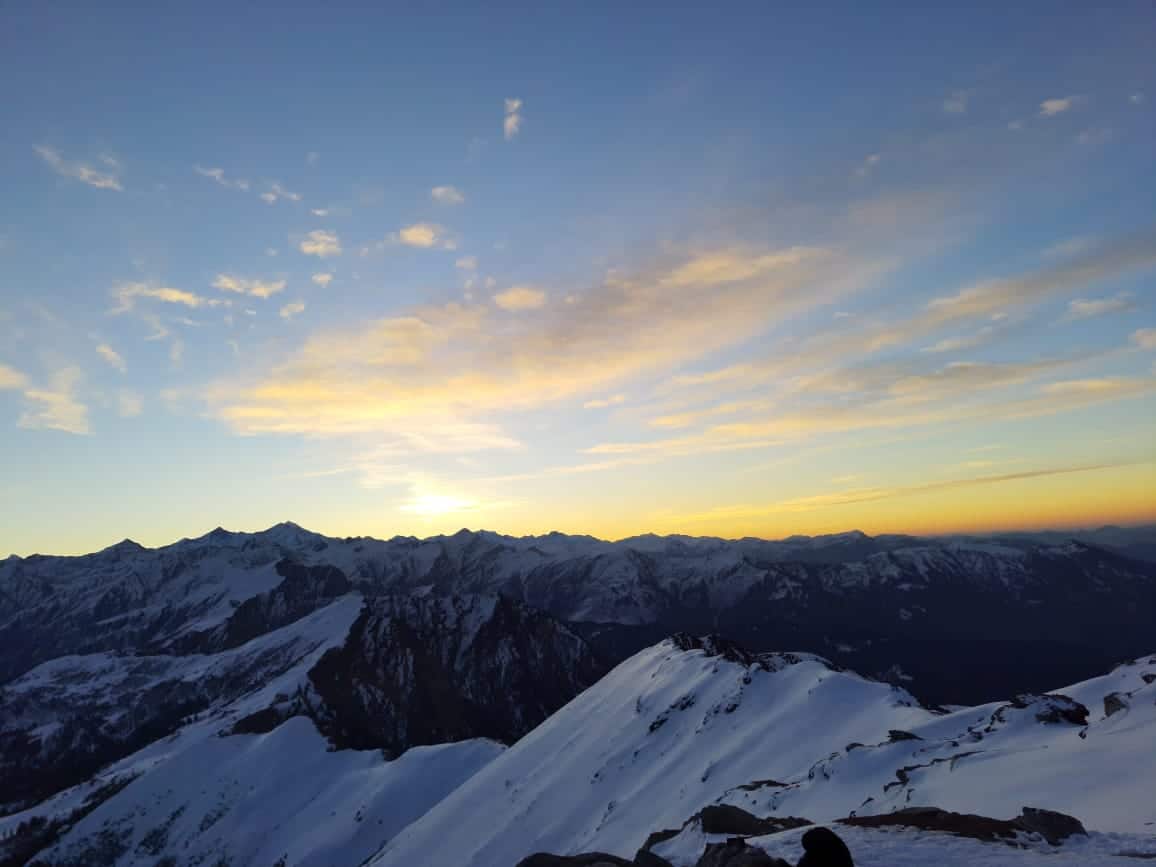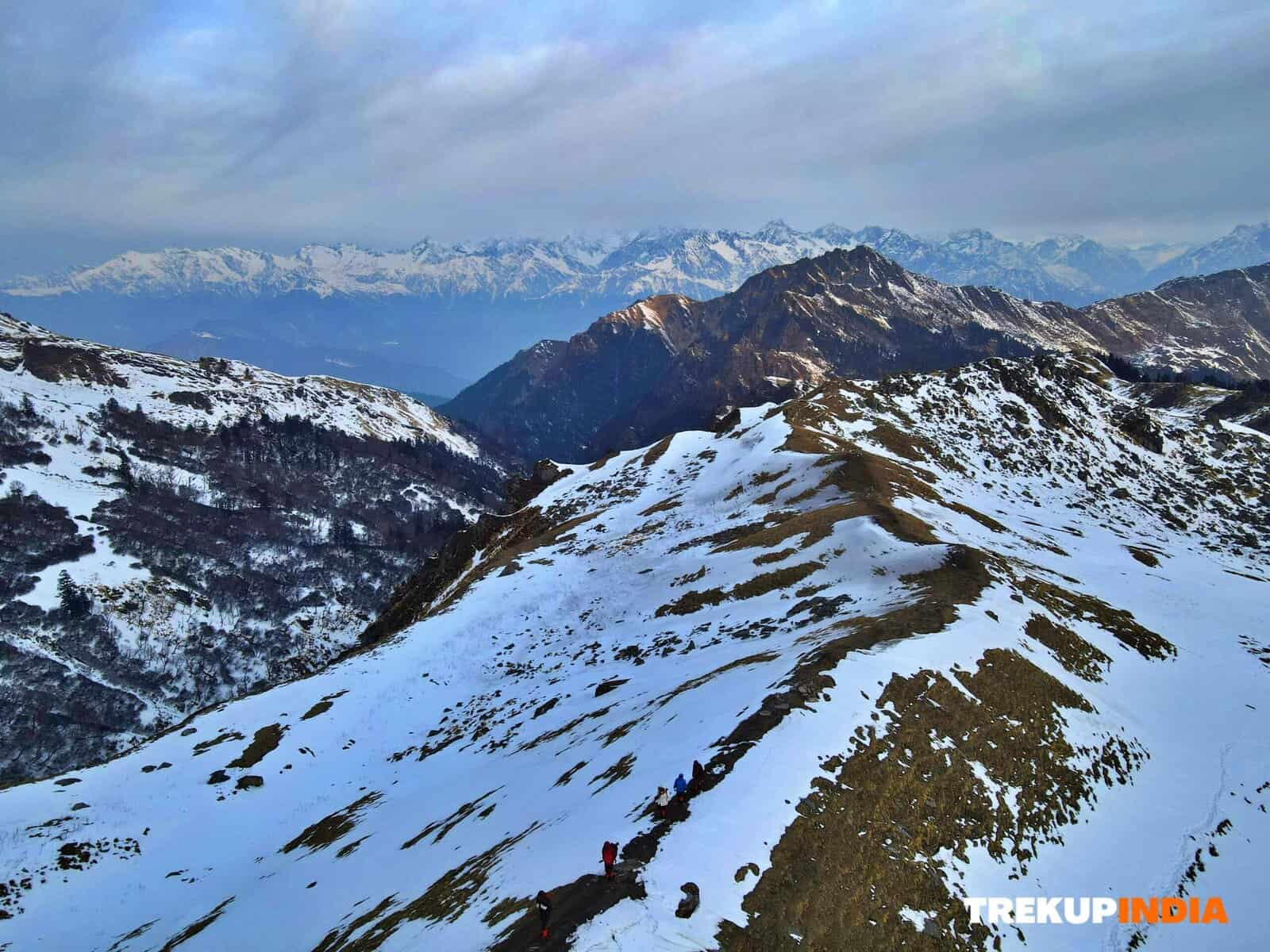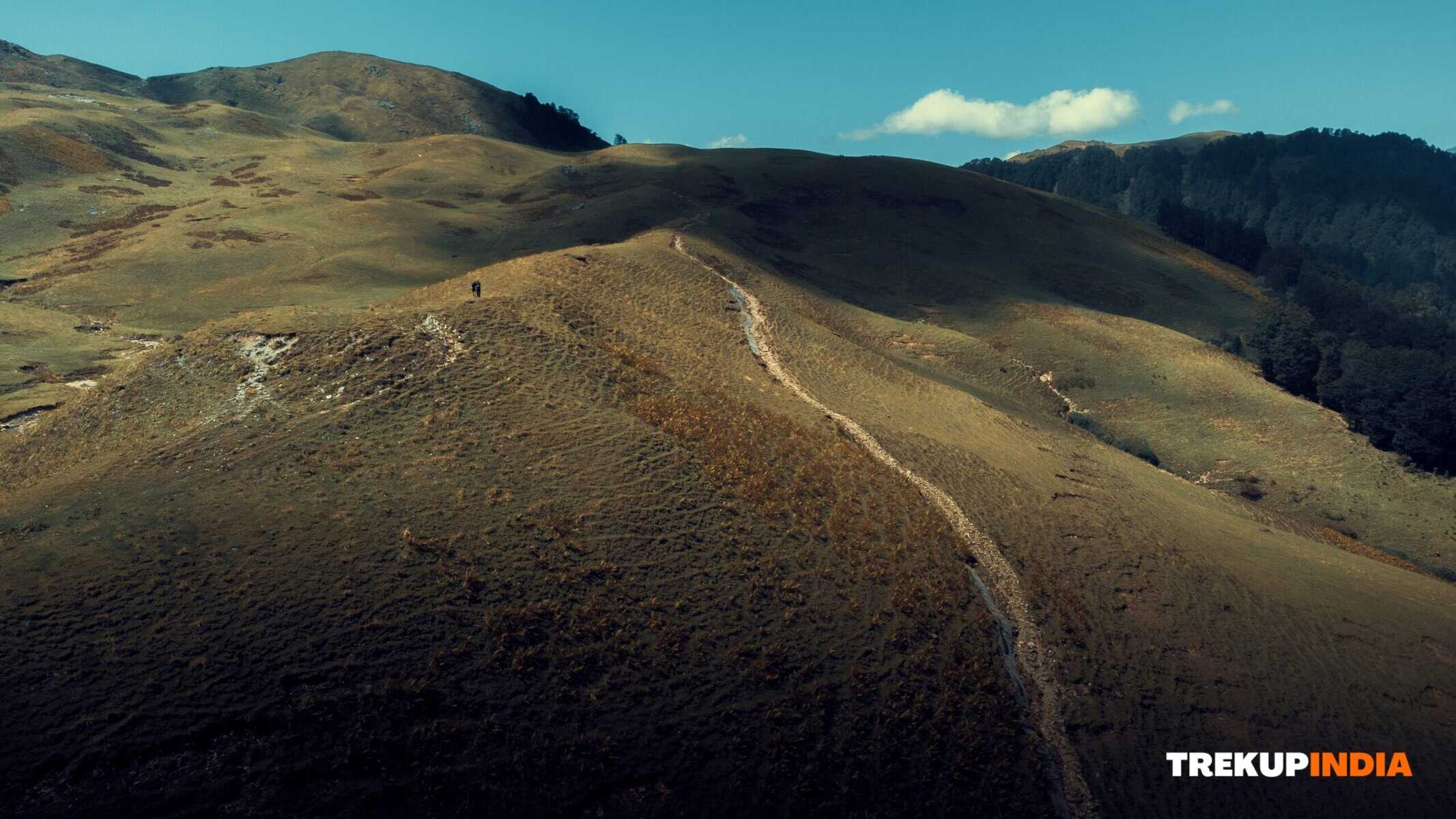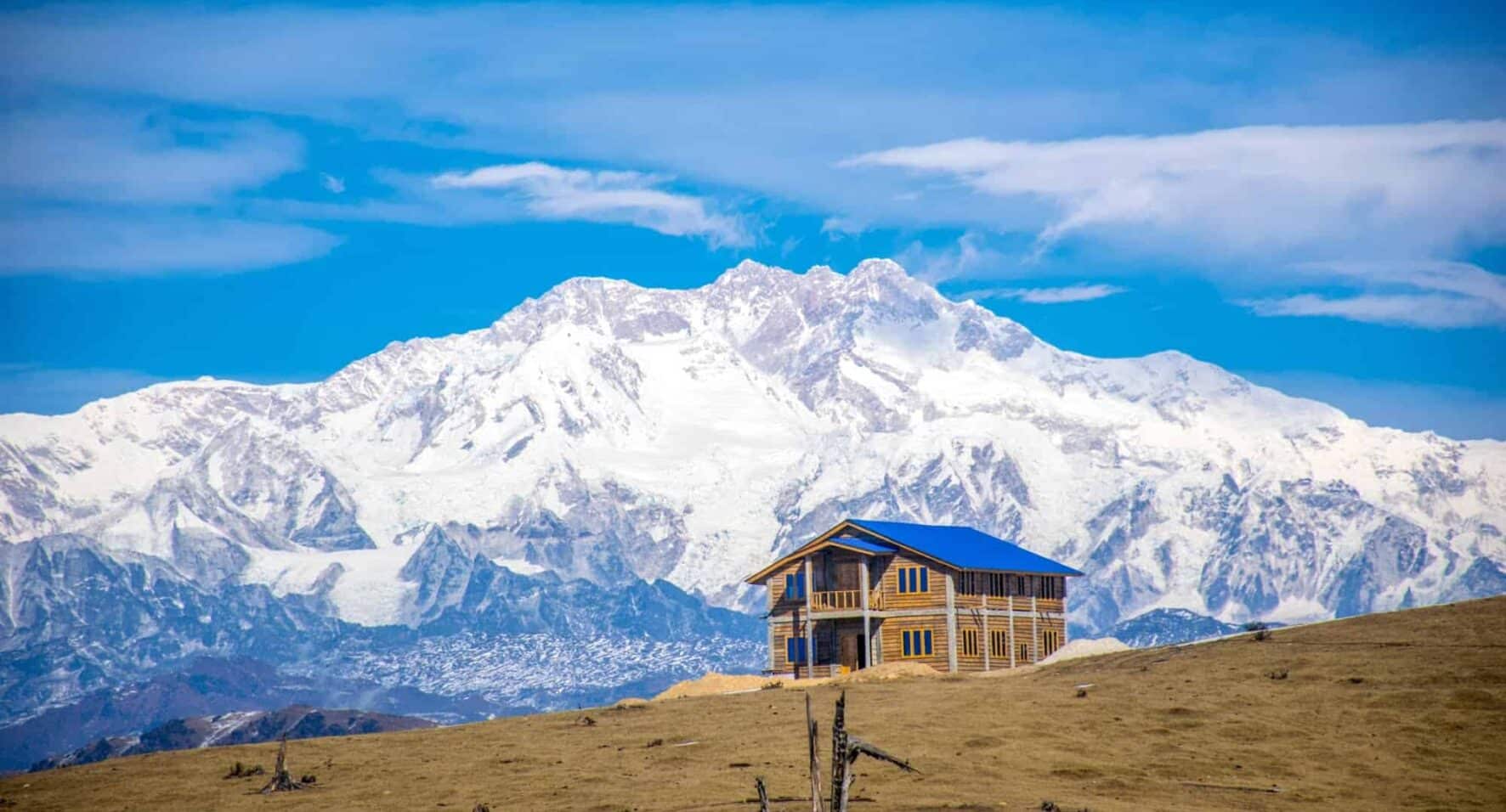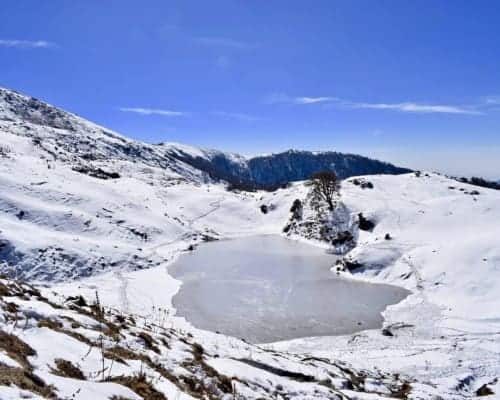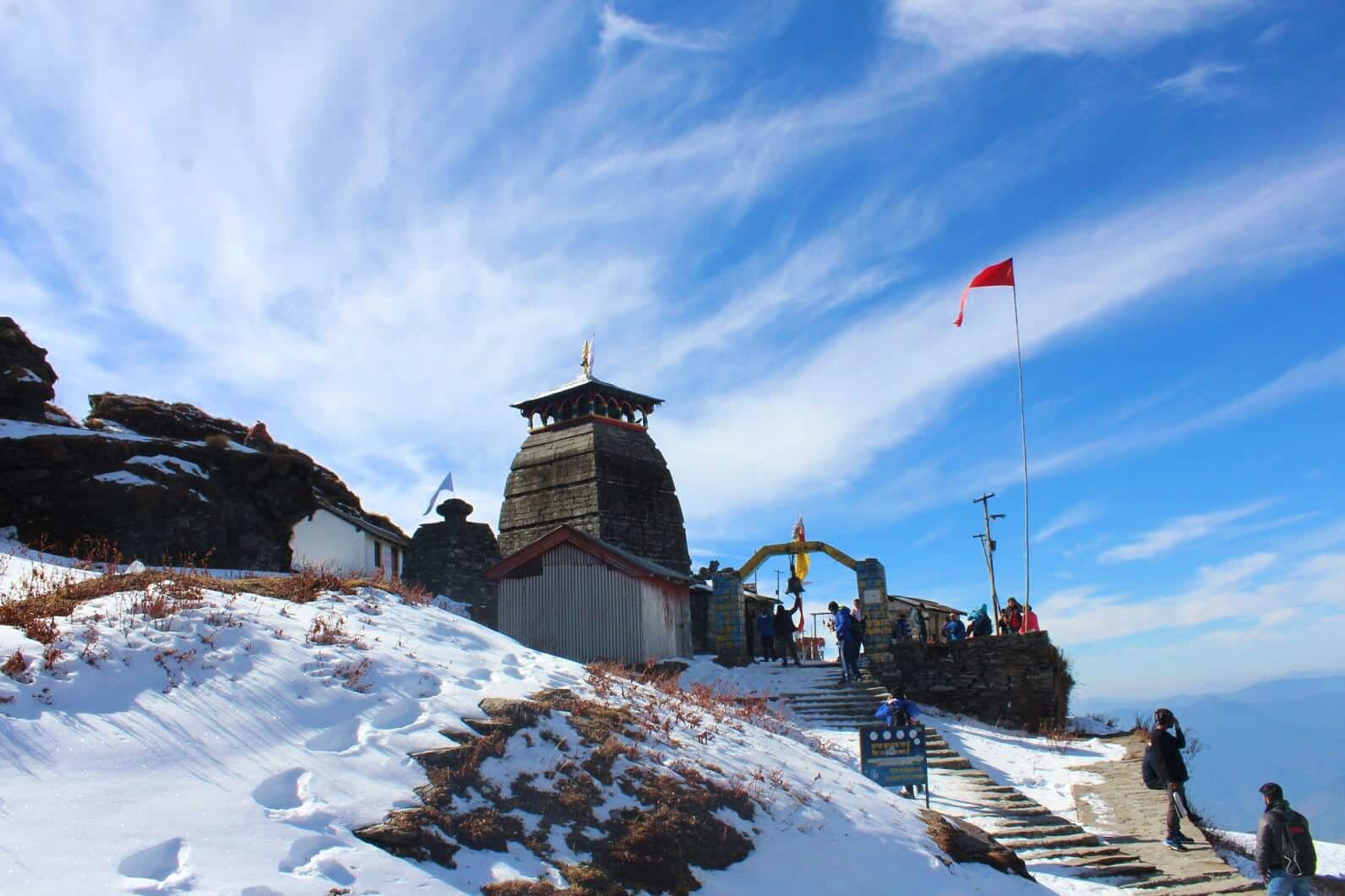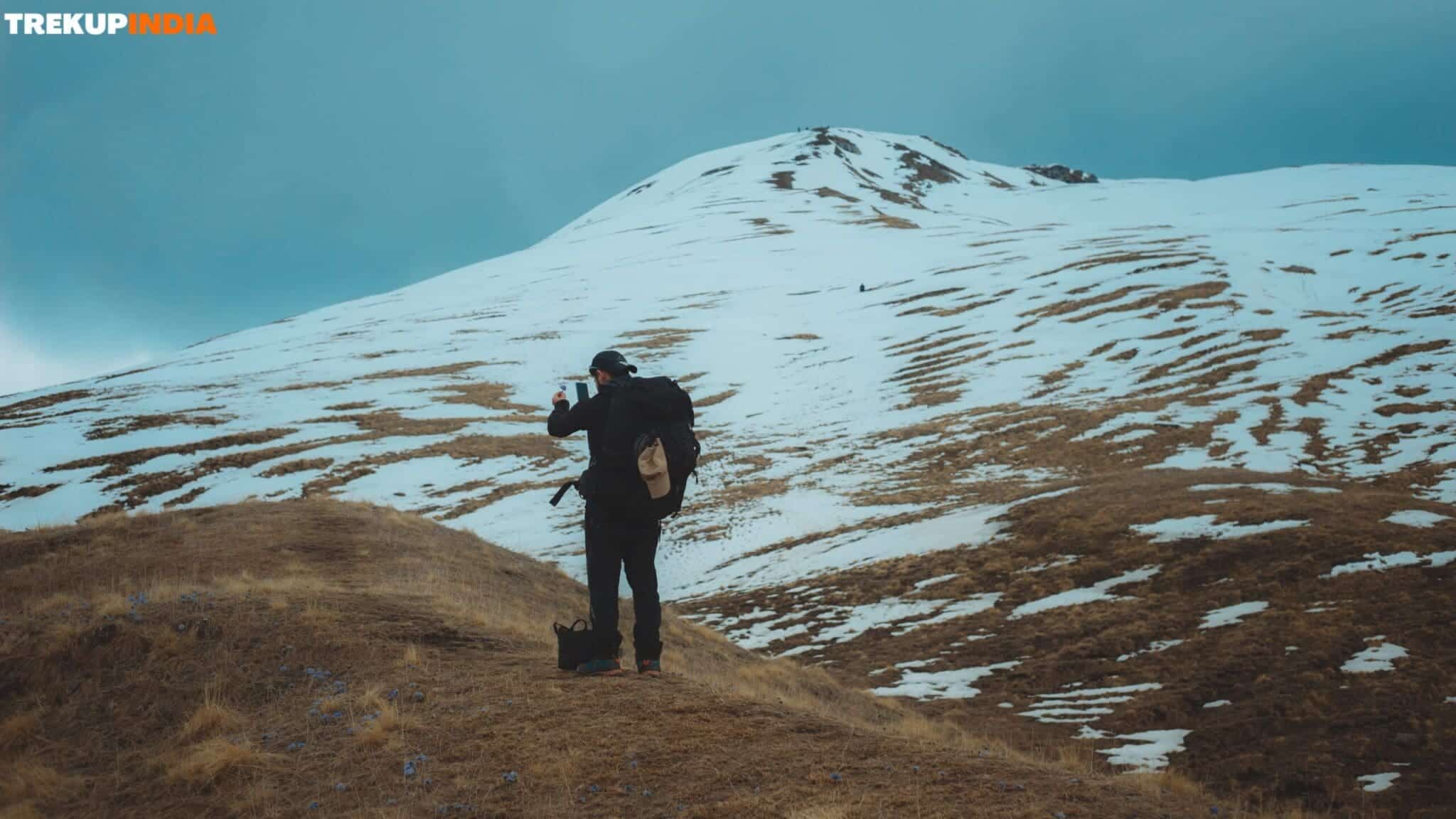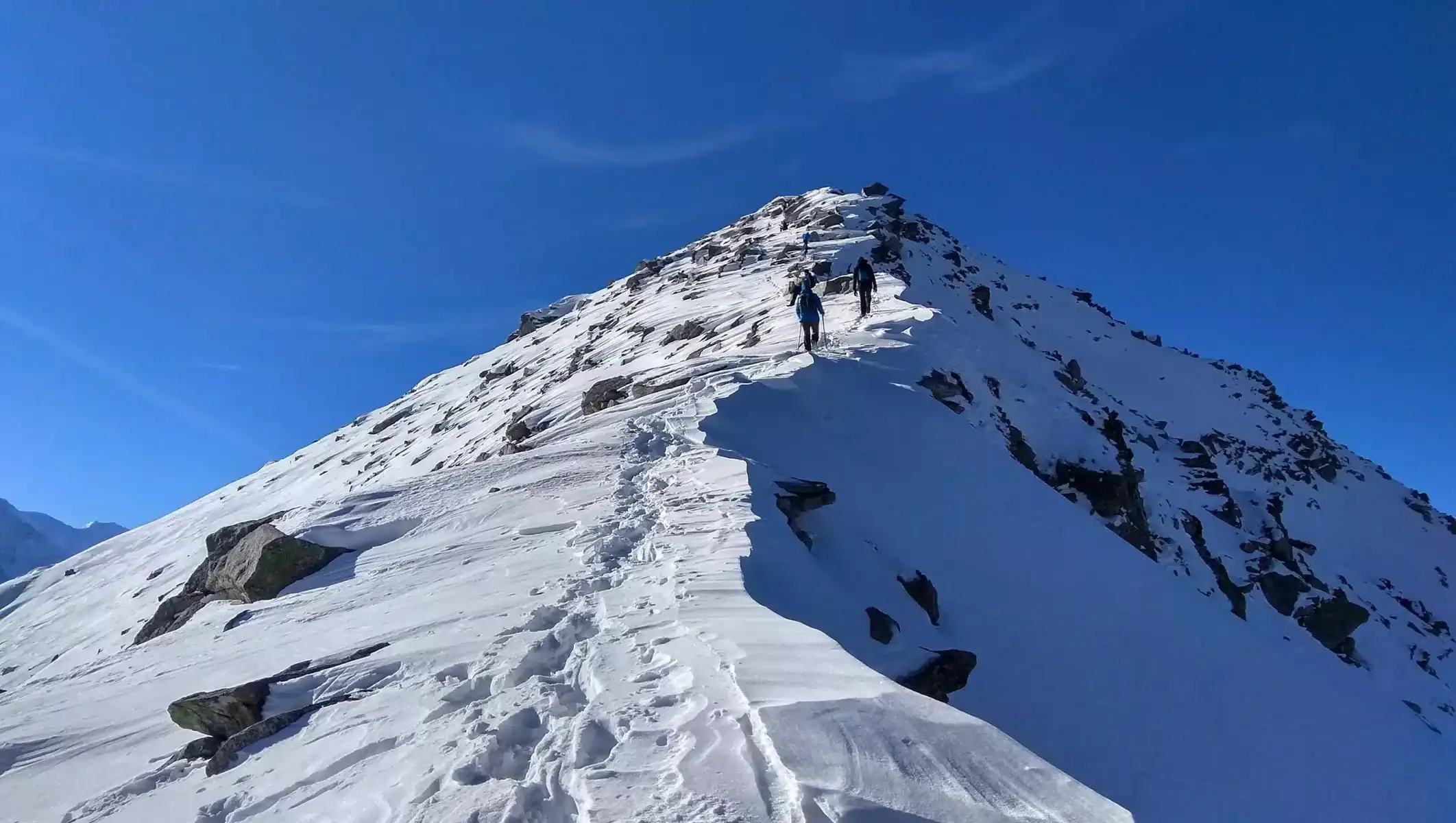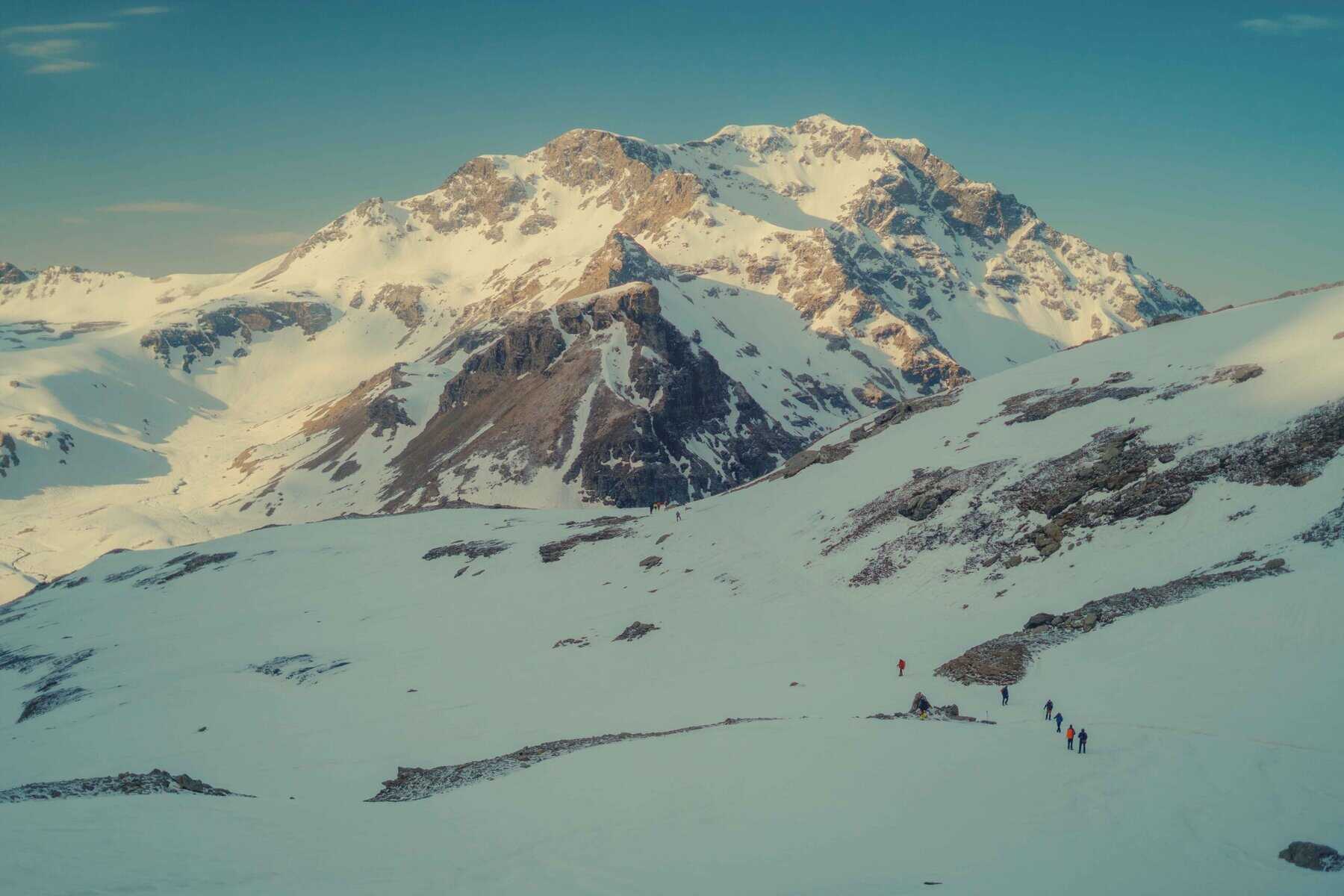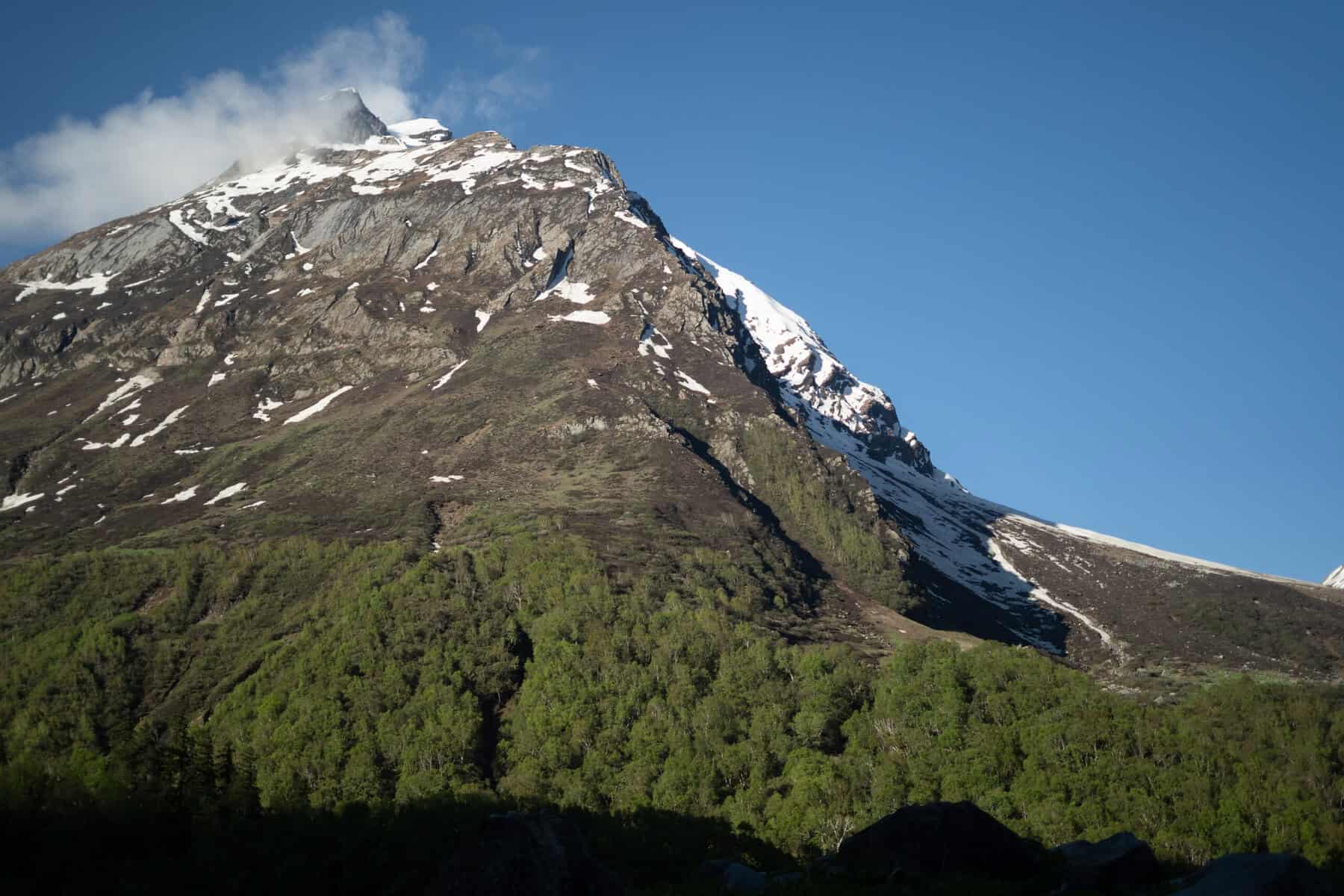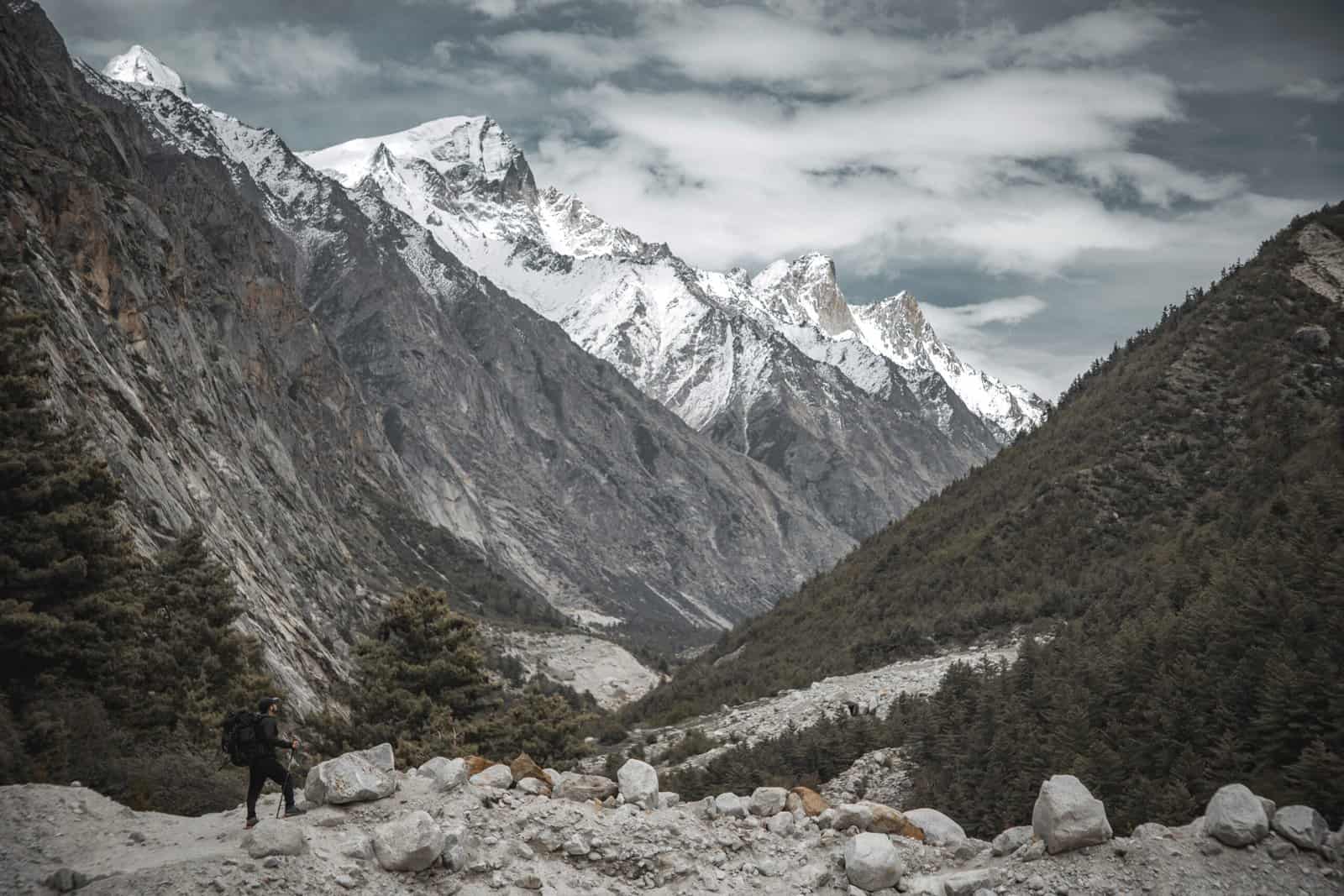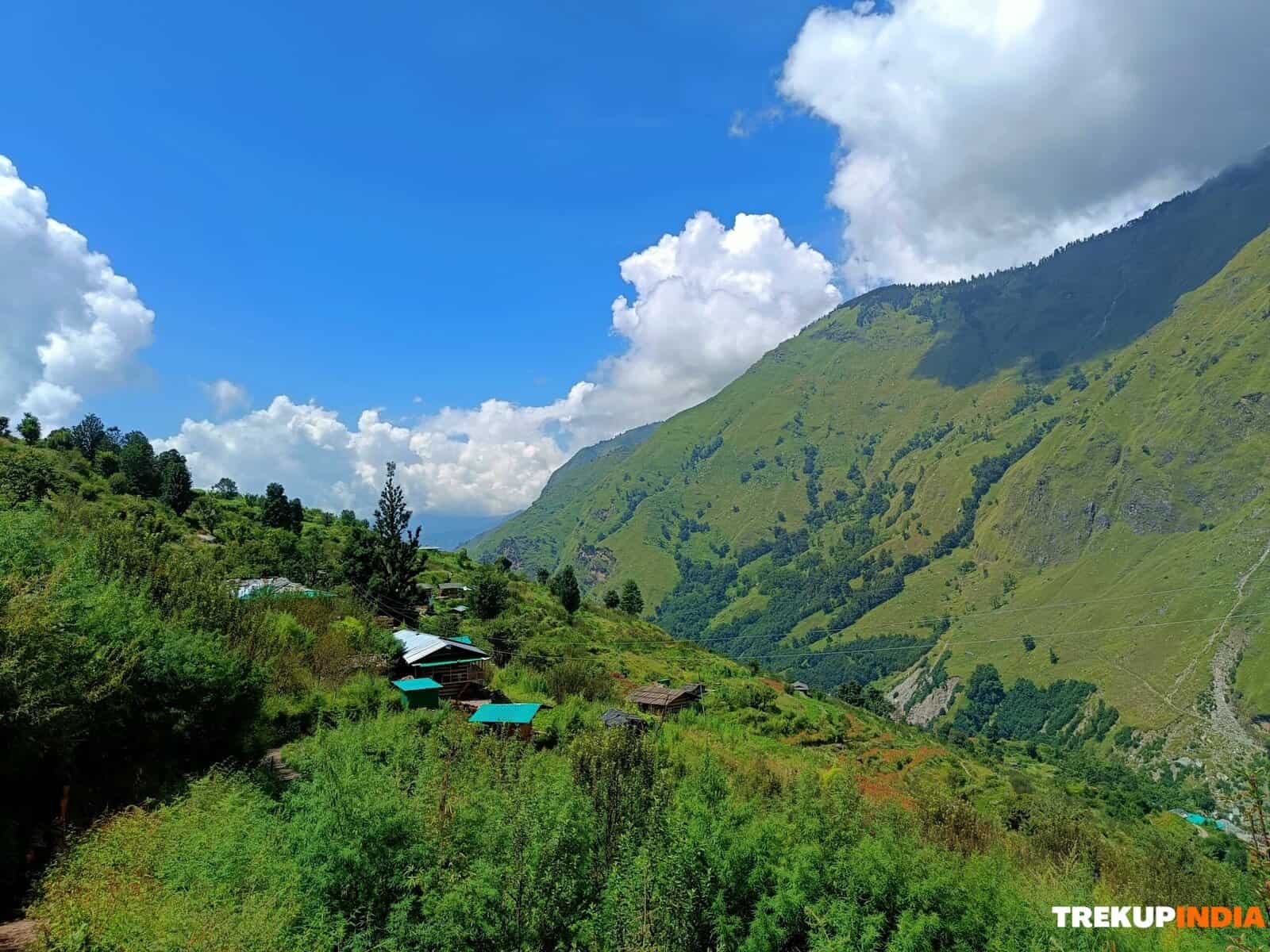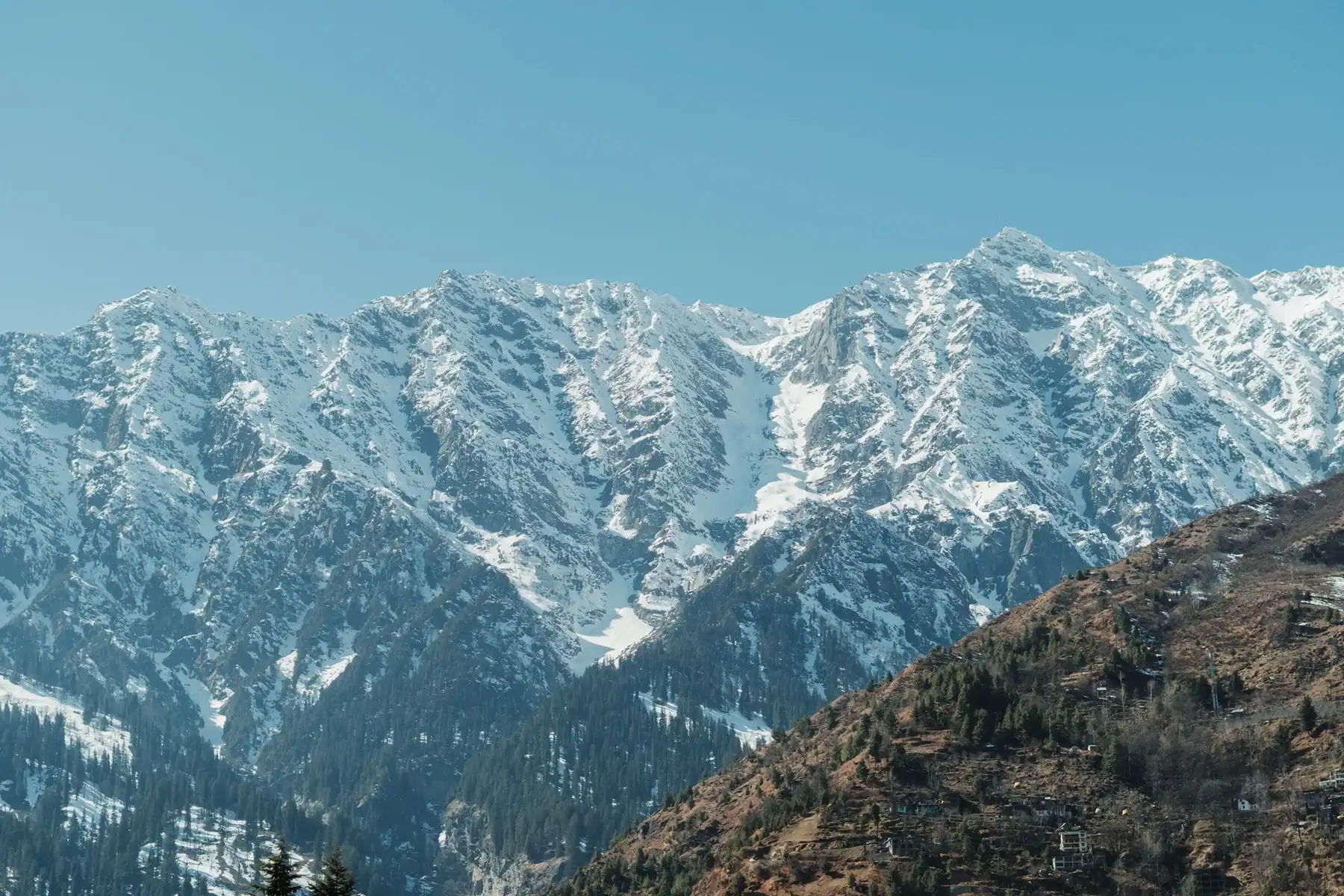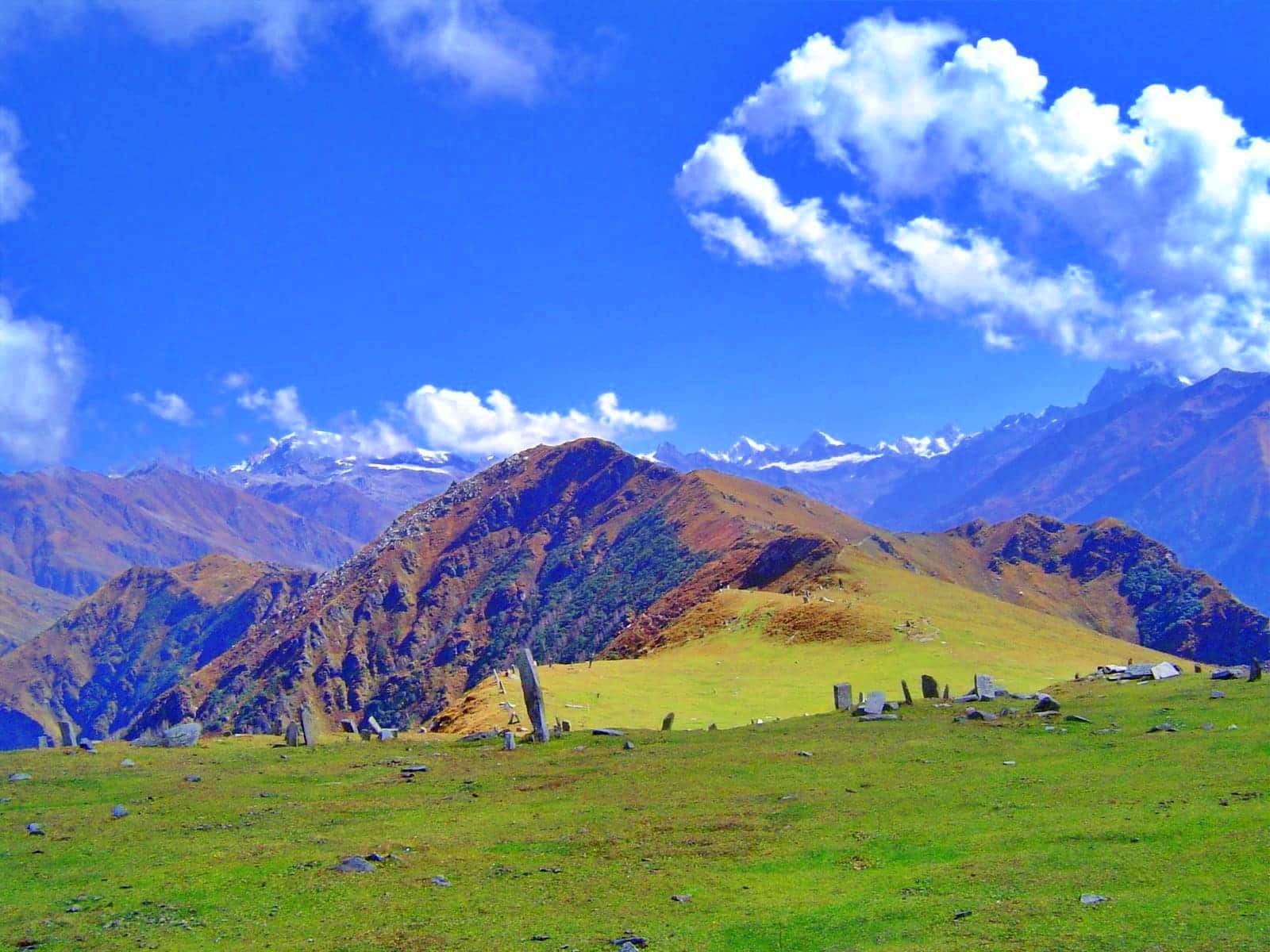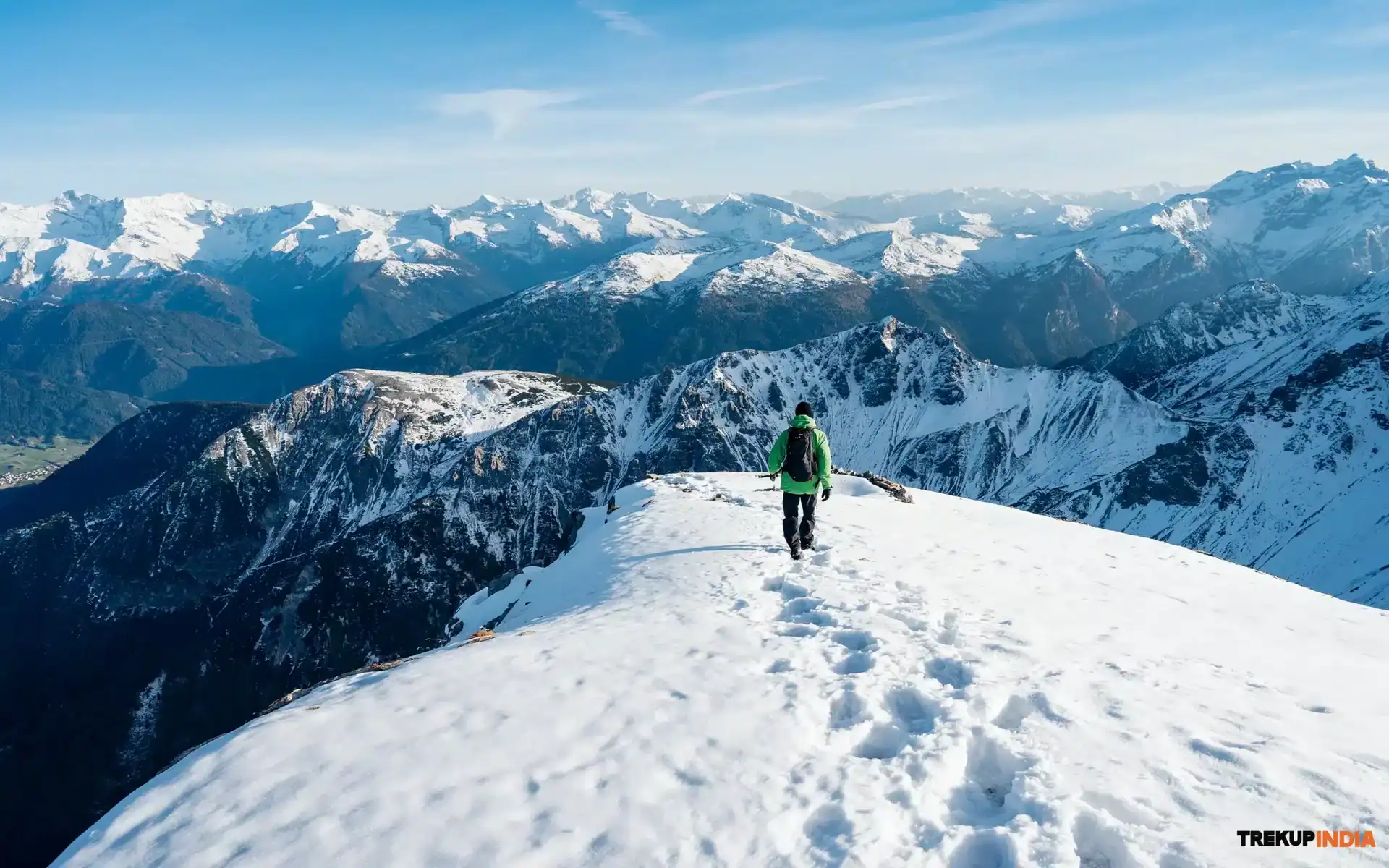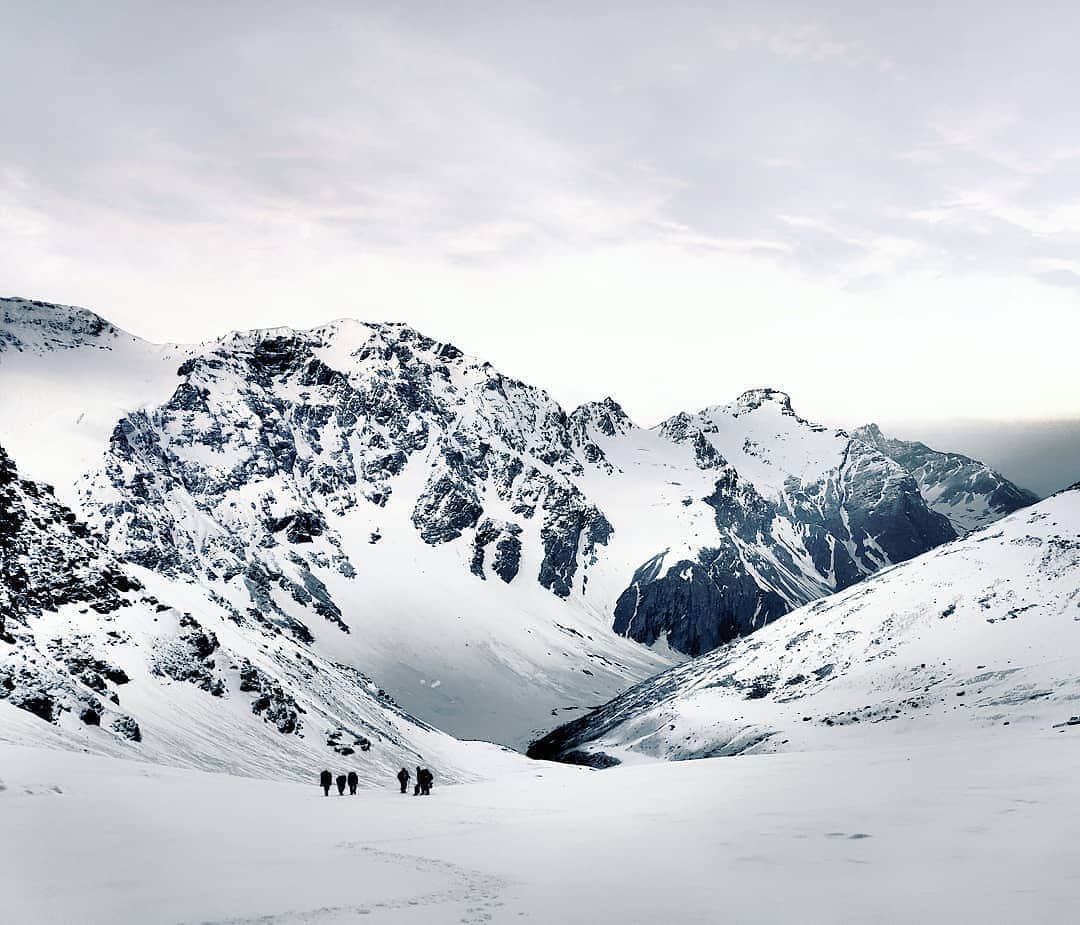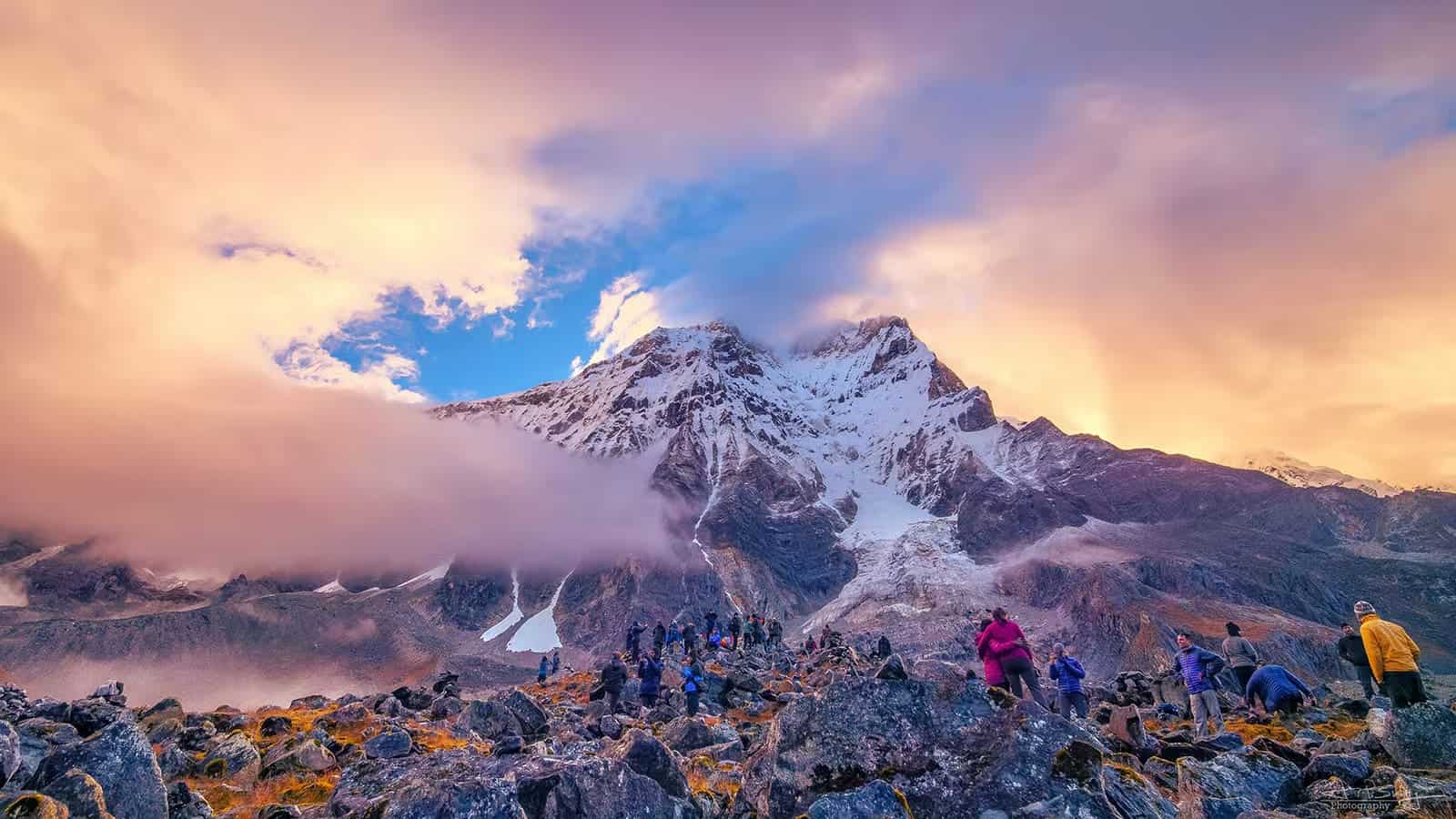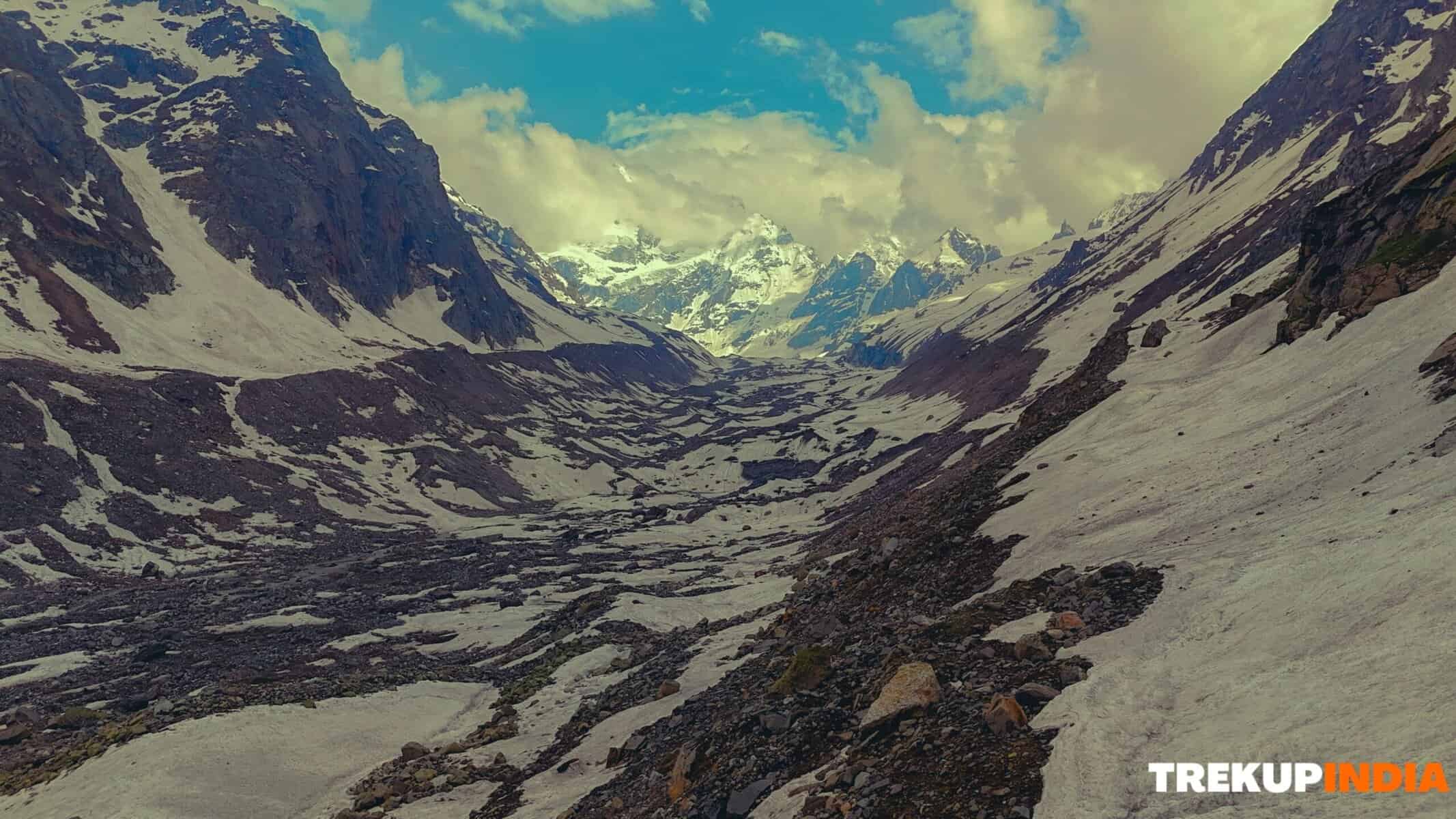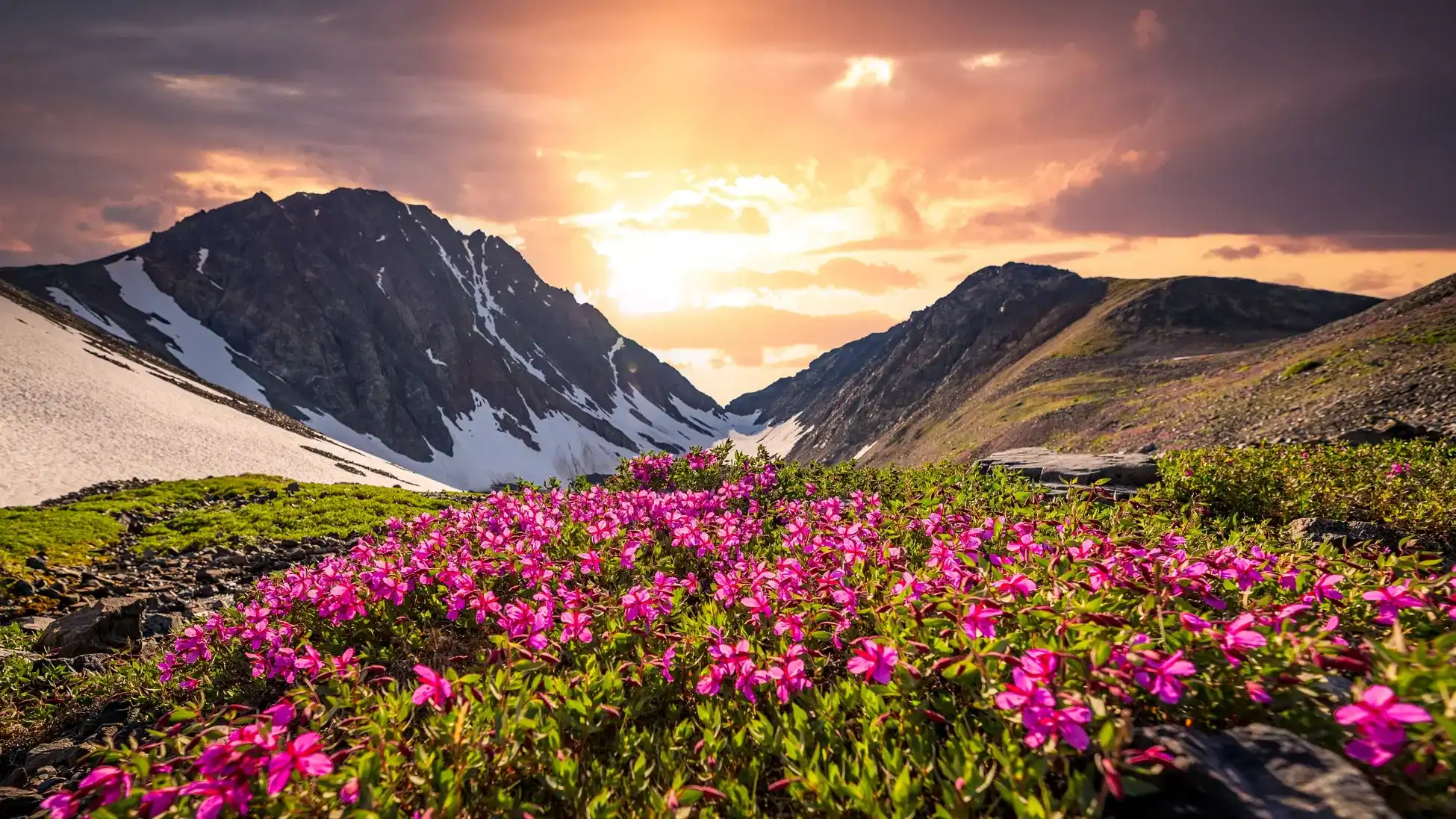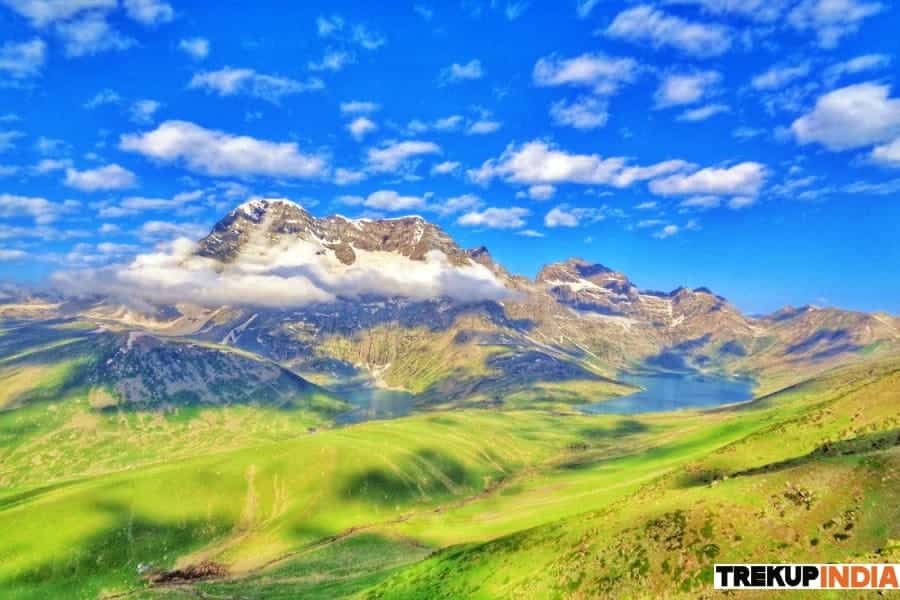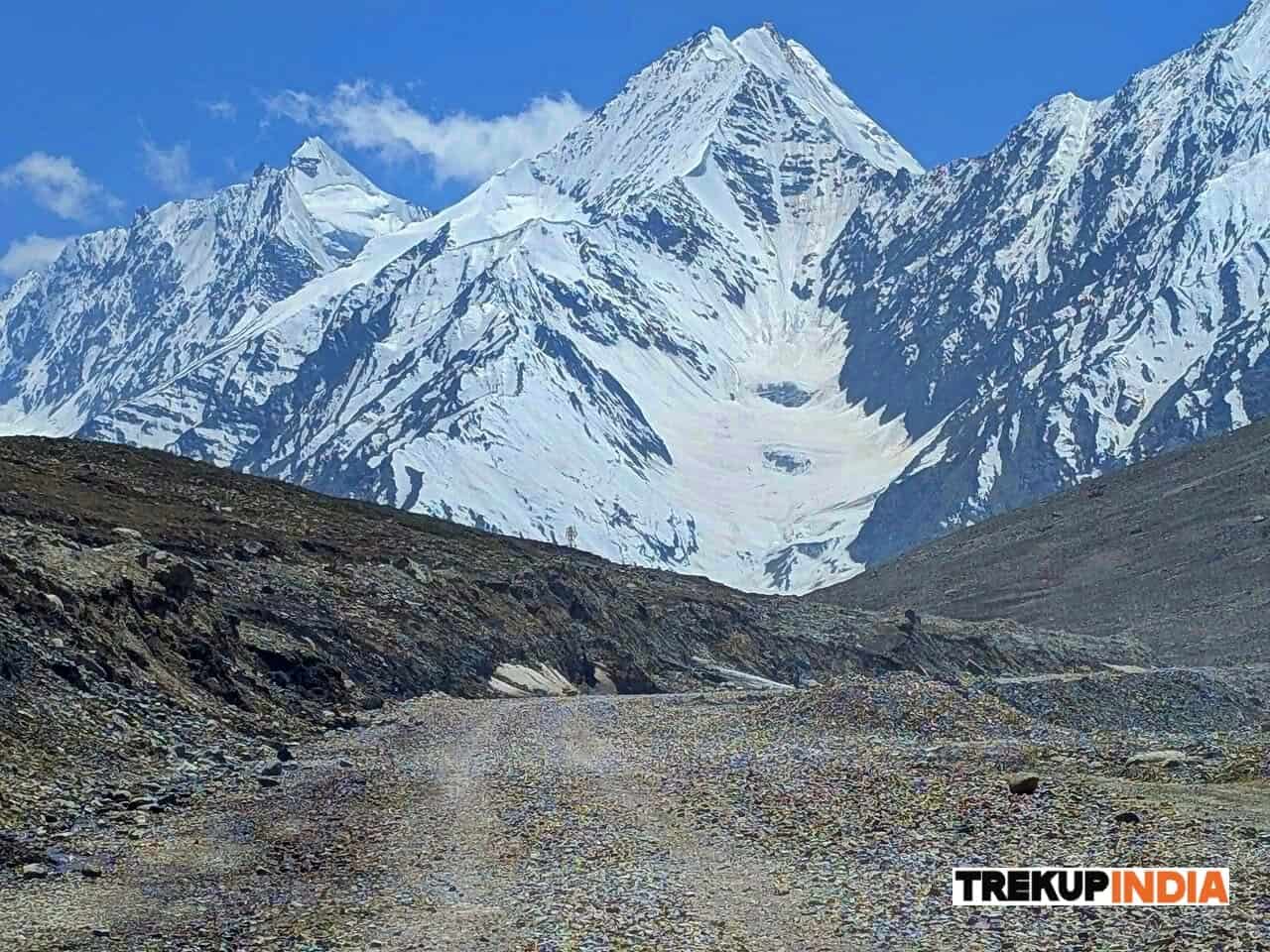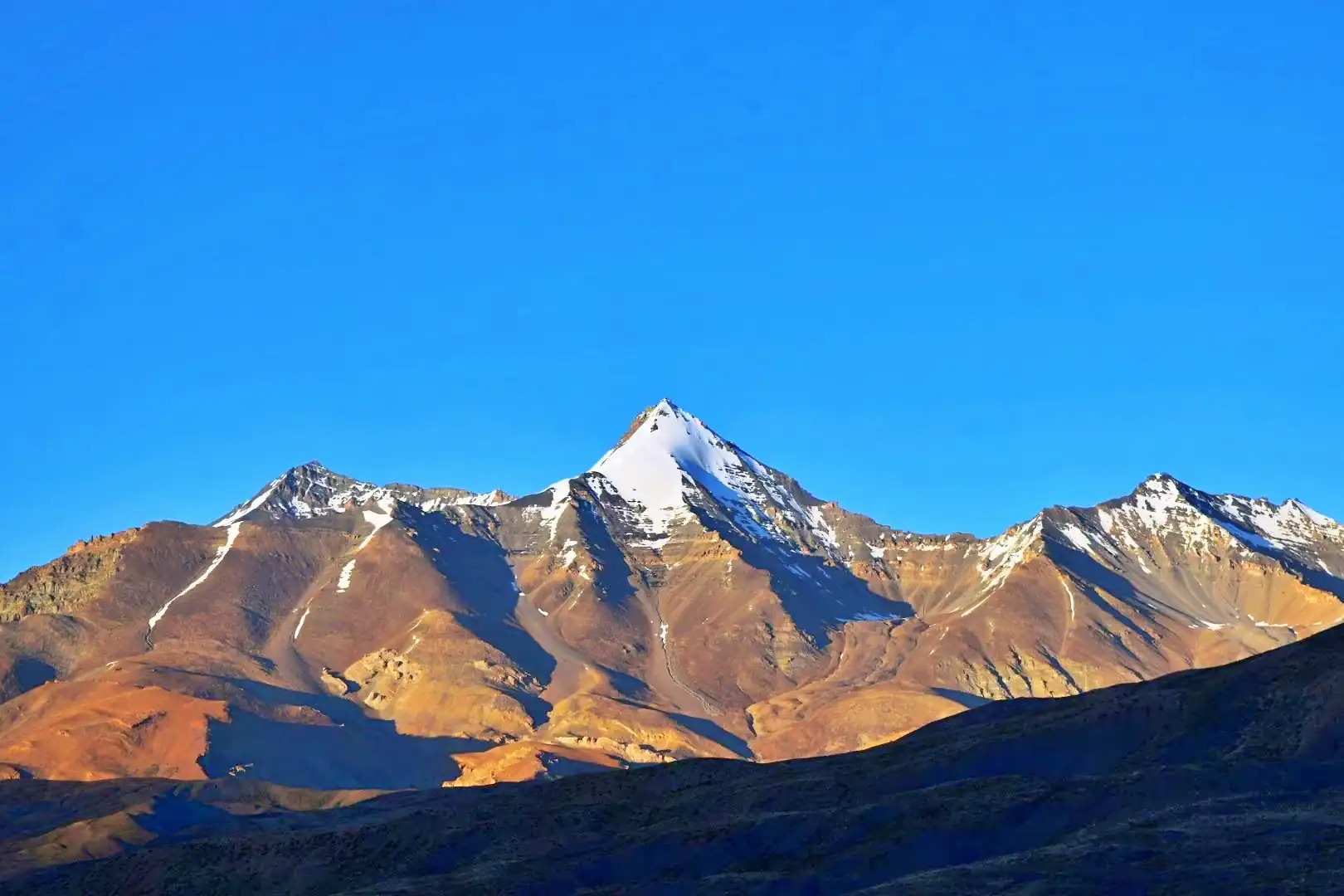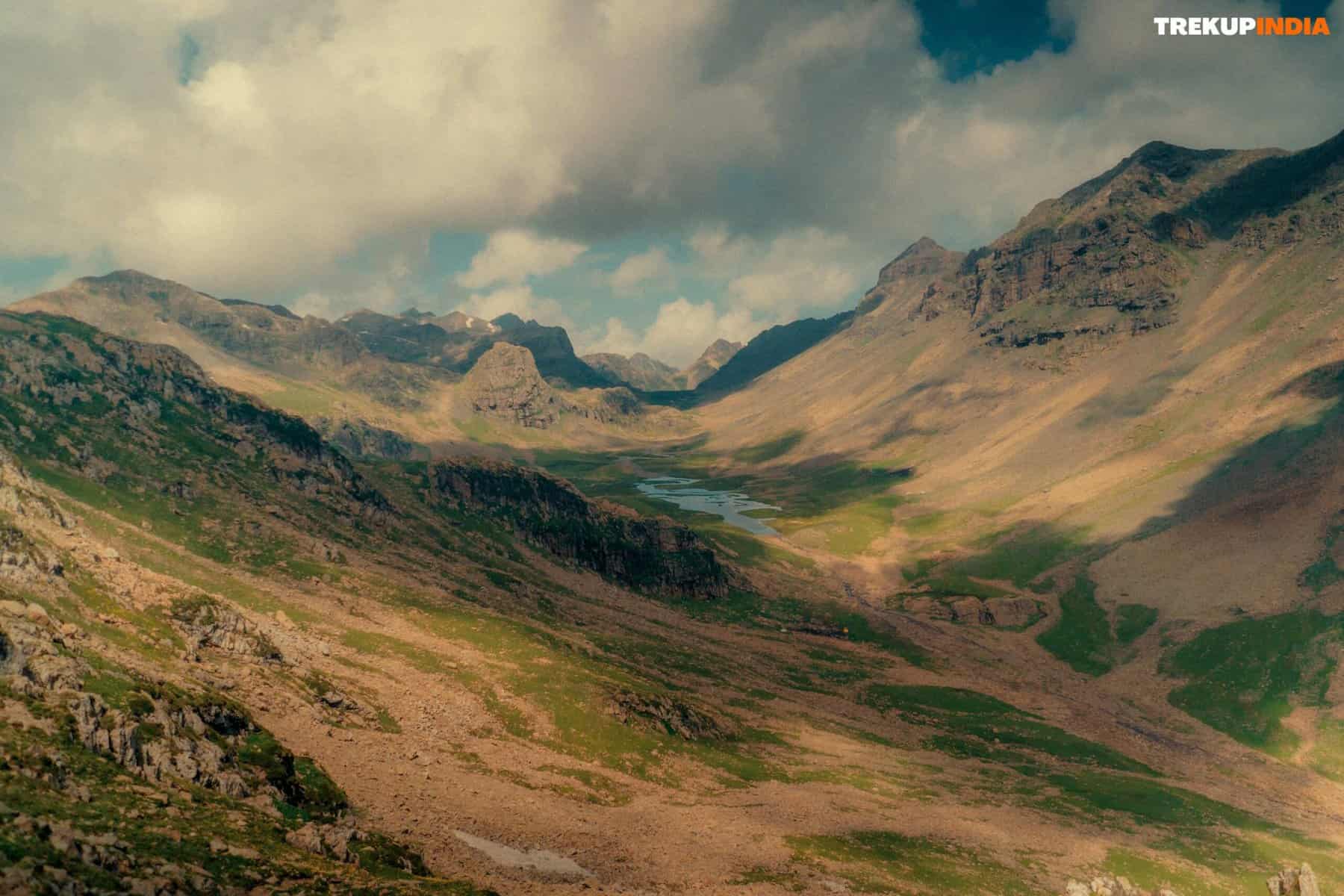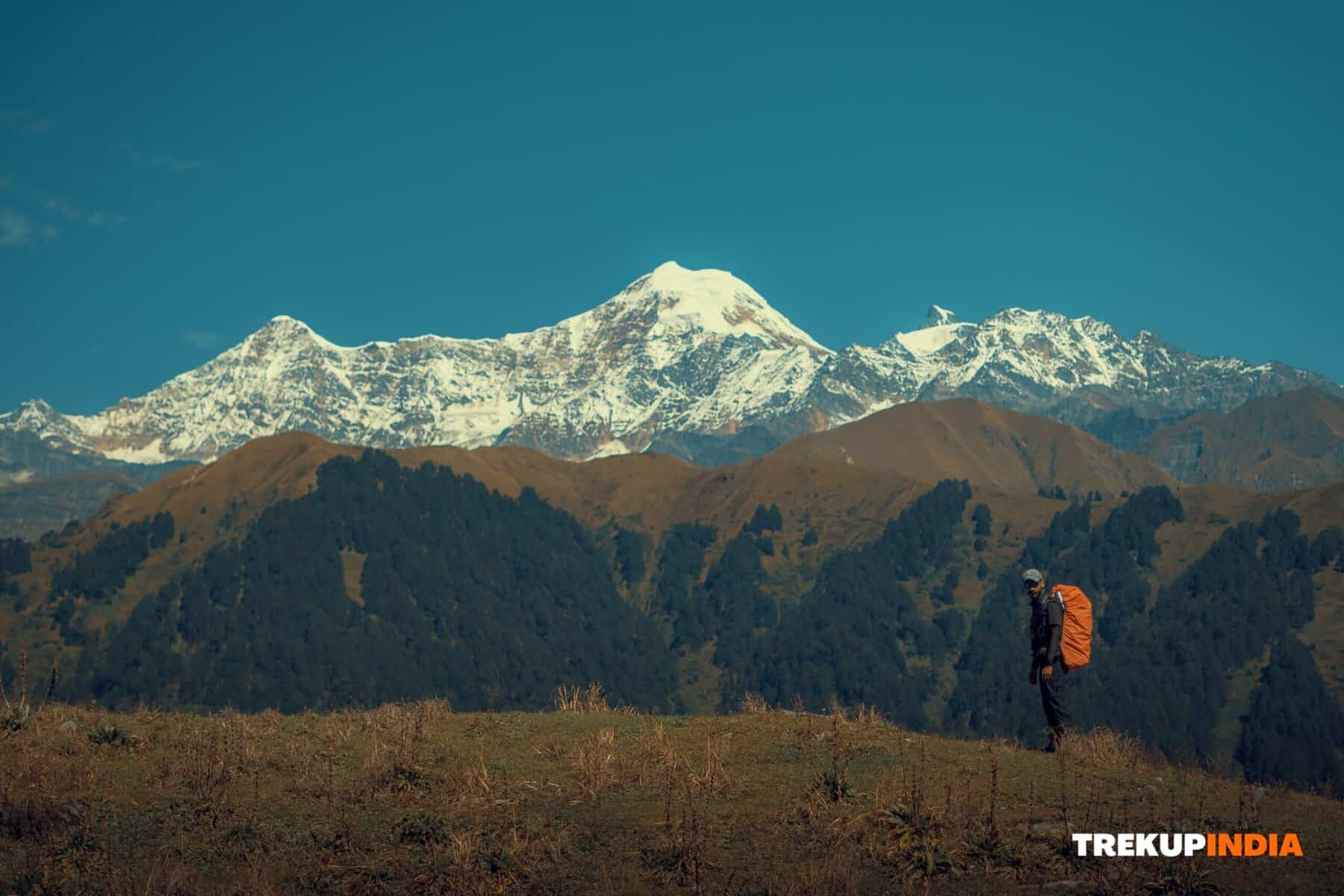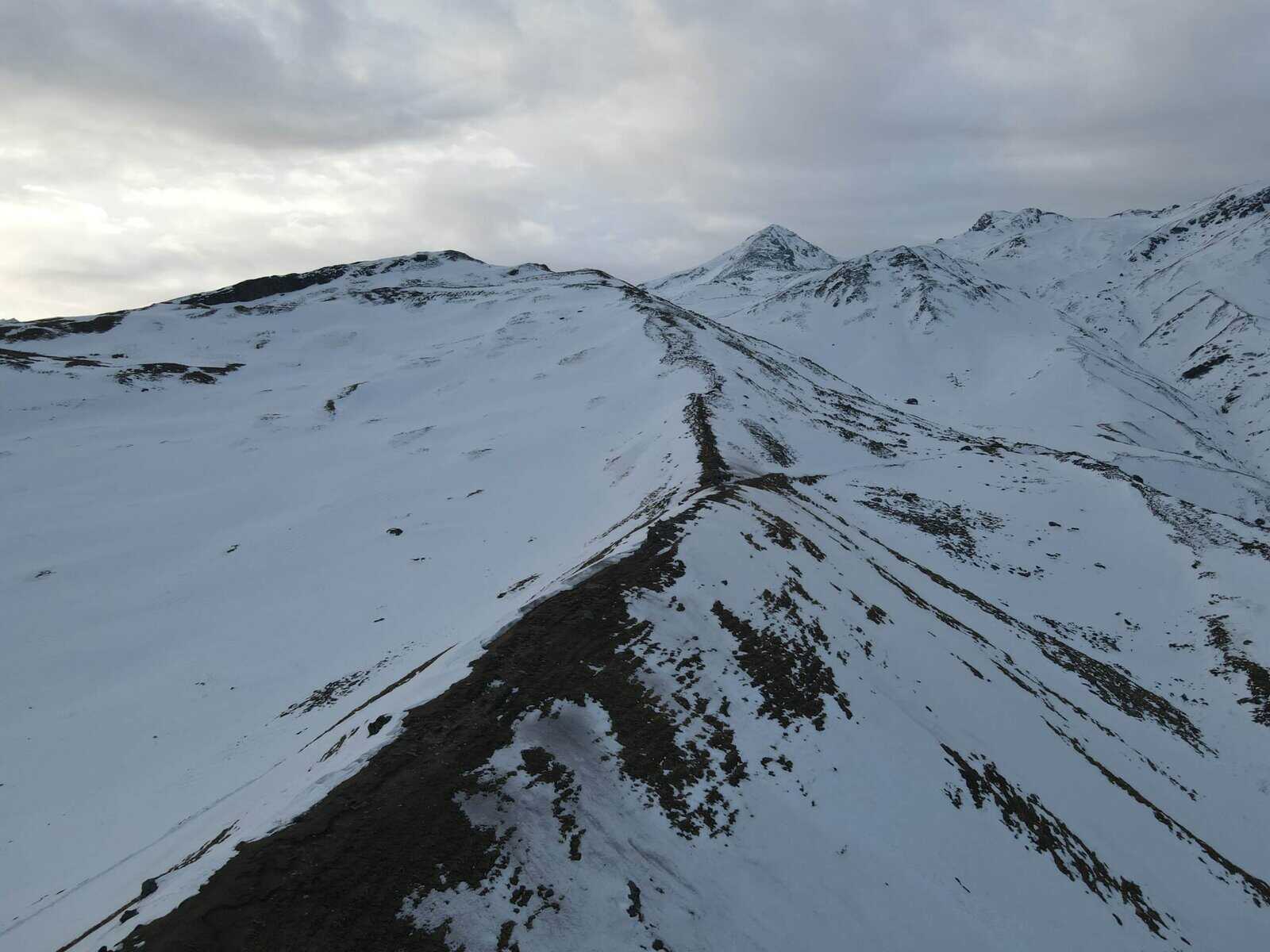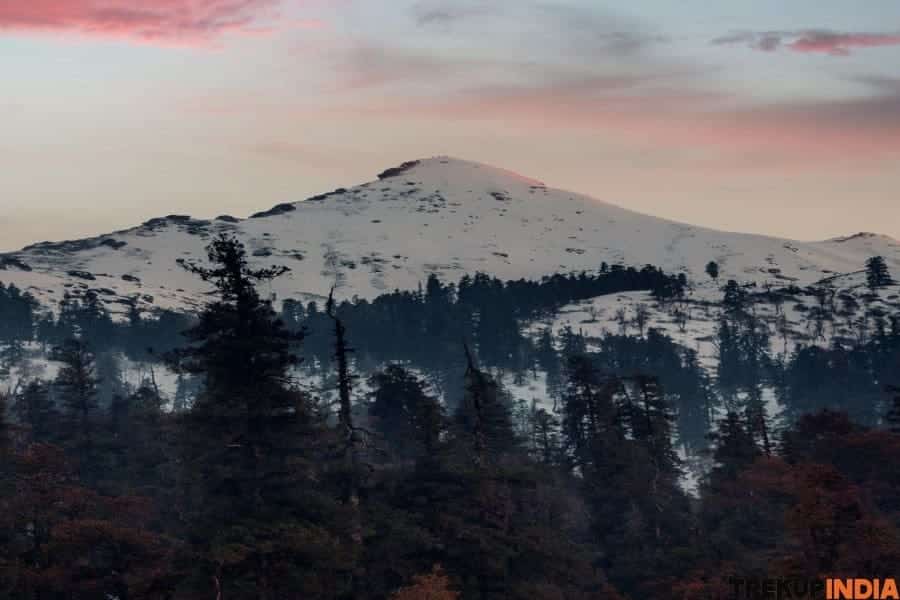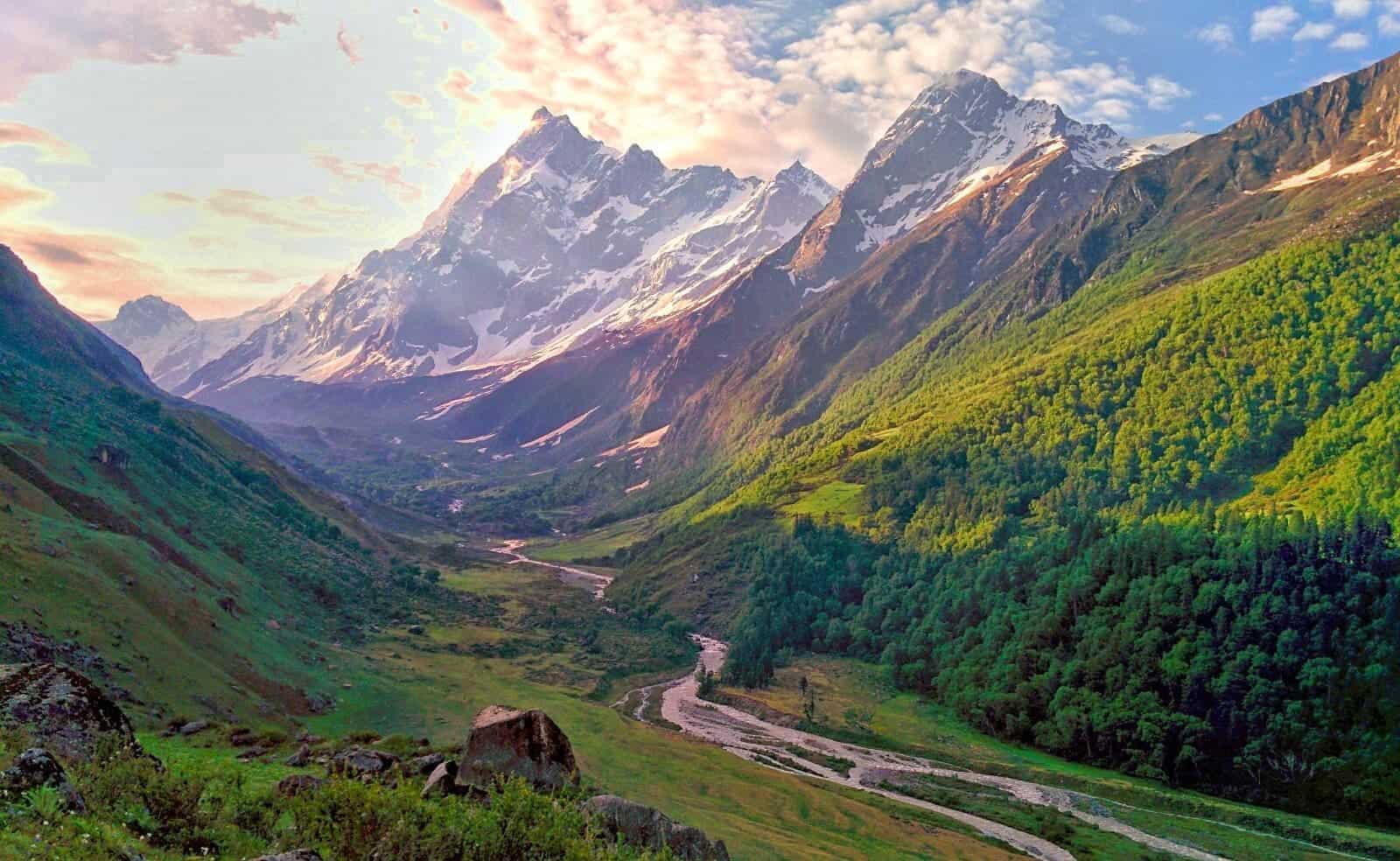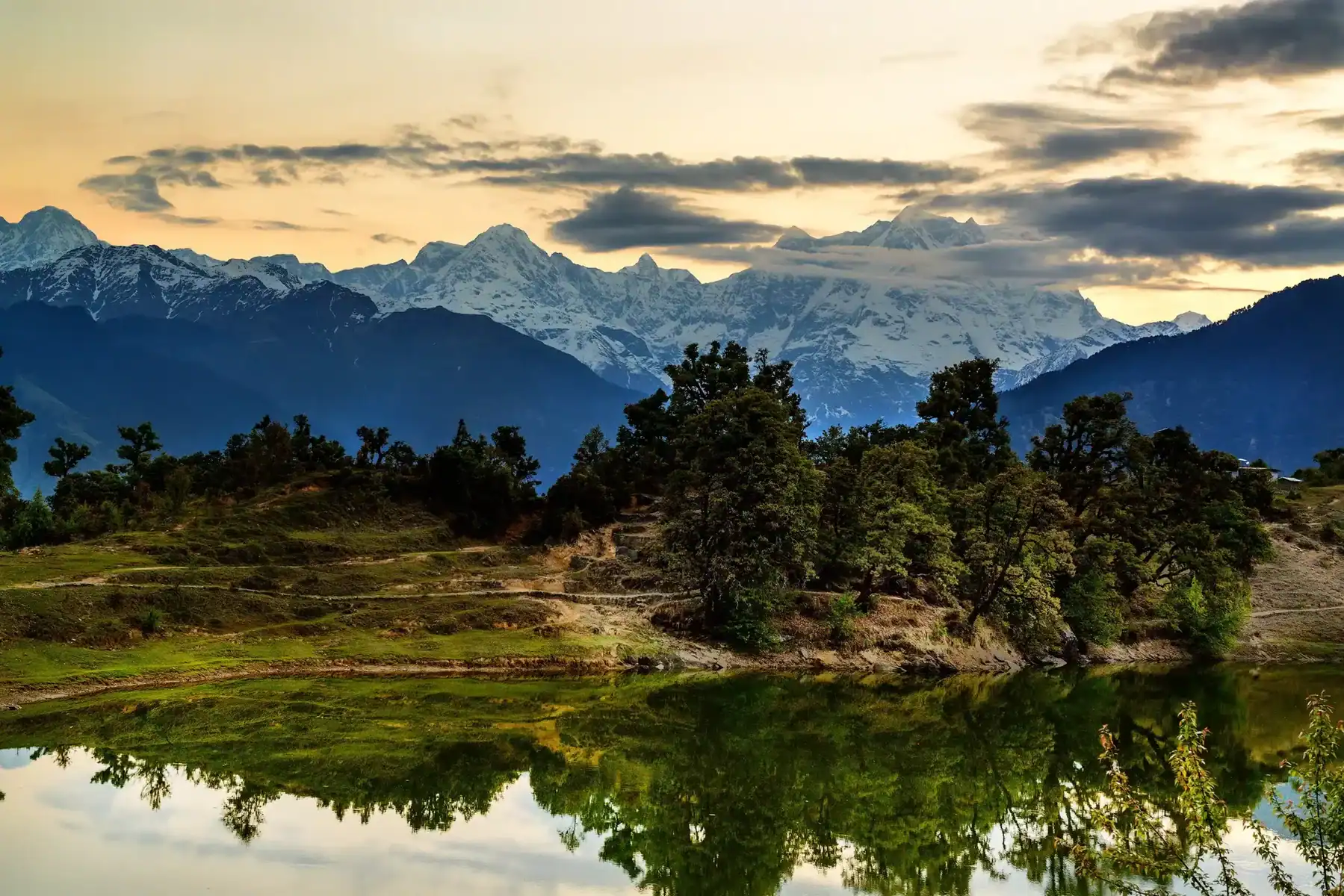Patalsu Peak Trek
Patalsu Peak Trek
From its inception, Manali has long been a draw for adventurers and climbers. The city, nestled in Himachal Pradesh, boasts impressive mountain ranges such as Friendship Peak, Shitidhar Peaks, Ladakhi, as well as Hanuman Tibba, which provide ample challenges. As mountaineers and trekkers continue to increase, mountaineering institutions have developed more secluded alternatives with relatively gentle hills that serve as ideal starting points for newcomers who are new to summit-climbing. Patalsu stands out amongst other treks due to its accessibility of trek. A moderate-to-easy trek, Patalsu gives trekkers an unforgettable moment they will never forget once they complete it – something hard to explain but hard not to experience firsthand! Climbing its many hilltops gives an exhilarating rush that cannot be described; climbing towards its summit brings unparalleled excitement that is hard to describe. Beginning at Solang Nallah, this trek leads through meadows and forests ideal for birders before culminating in an ascent to the summit, offering panoramic views of Kullu Valley, Hanuman Tibba, Friendship Peak, and more – perfect for anyone new to climbing in Himachal Pradesh! This trek provides ample challenges but should take approximately 2-3 days, depending on your pace and fitness levels.
Best Time for Patalsu Peak Trek
Patalsu Peak Trek can be enjoyed throughout the year; however, May through June and September through October are generally considered the best months for visiting.
Highlights of Patalsu Peak Trek
- At 4,220 metres, Hanuman Tibba provides stunning panoramas of Hanuman Tibba, Friendship Peak, Dhauladhar, and Pir Panjal ranges.
- Alpine lush forests of oak, pine, and deodar contain oaks, pines, and deodars.
- Meadow camping near Shagadugh is an incredible experience, surrounded by towering cliffs.
- Wildlife Spotting: Himalayan Monals, Foxes, and Mountain Goats
- Potential for snow trek at the end of autumn/early spring.
- Excellent photography locations — gorgeous dawns and clouds over the ridgeline.
Patalsu Peak Trek Detailed Trail Information
Day one: Arrival in Manali and travel to Solang Valley via Solang Pass.
Solang Nalla is located at GPS coordinates and should be chosen as your starting point. To maximize comfort and relaxation before beginning the trek on day 1, arrive early in Solang Nalla to ensure a timely start time on day 2
Day two at Solang, from Patalsu Summit camp
Start your journey along the Beas River by crossing it via its pulley bridge – no bridge crosses this river directly! The Beas Kund trek leads directly to its source near Solang, while just beyond is an idyllic village located beyond it all, waiting to be explored. At one time, locals lived along the river, but were forced to relocate due to its strong water currents. A 200-meter incline bridge was initially constructed across this gaping gap; later, an incline bridge of 200 meters was put up; currently, a concrete bridge is under construction and should be complete by 2020. Trekkers must pass by this bridge to access Solang Village via steep treks lined by orchards of apples, although the trek itself may be shorter in terms of duration than usual due to winter conditions requiring moderate fitness levels. Solang village, home to around 300 inhabitants, draws economic activity from tourism and apple farming. Solang can be explored within five minutes after climbing 500 meters uphill on an alpine landscape dominated by brown oaks, horse chestnuts, and spruce trees; its forest path features occasional clearings; for safety’s sake, remember that Solang valley is part of the Bara Bangal mountains. After crossing the 4 km point, you will enter an open space known as Shagadurg, with no source of water; camping here, should you have access to enough drinking water, is possible. Monsoon months bring vibrant hues as flowering plants emerge, awash with vibrant hues; moving north, you’ll reach dense forest that ends 2 km after Shagadurg, which makes an excellent location for camping as there is ample space, but be wary as there may be no drinking water source nearby!
Water can be easily found 500 meters from the campsite via an underground pipeline; however, its accessibility may become inaccessible due to low temperatures during winter. When weather permits, however, this campsite offers breathtaking views of stars; Pir Panjal and Bara Bangal mountains can be seen. Bird watchers and nature lovers will enjoy seeing an assortment of birds such as Oriental Turtle Doves, Common Hoopoes, Brown Fronted Woodpeckers, and Griffon Vultures, among many others; additionally, it is possible to spot the Himalayan Ground Skink, a unique reptile resident of this region.
Day Three – From Base Camp to Patalsu Peak Summit and Back
Start climbing to the summit early in the morning to ensure you’ll arrive before sunset. Plan to complete this 3-kilometer trek at least two hours before sunrise, traversing a meadow of alpine meadow with steep inclines, making for an exhausting trek despite its short distance. Be sure to pack two Liters of water as there won’t be any drinking water facilities on route, though there will be rest stops along your journey. As soon as your journey starts, the Patalsu mountain will appear before you on your horizon. Sitting atop its ridge are other mountains which you can observe; stay focused on moving along this line towards its lower point known as an adjacent saddle; any deviation from this path could lead to steeper ascent of Patalsu summit from steep angles; once on top however, spectacular views span across Kullu, Rohtang, Beas, and Solang valleys make this trek all worthwhile. Take a right turn after reaching the saddle. Travel along the ridge until you come upon higher points that seem like summits; these are third highest points covered with boulders and offer spectacular views of Hanuman Tibba with its majestic beauty evoking reverence; from here there’s also an unobstructed view of Hanuman Tibba with its magnificent beauty inspiring respect, Kullu Valley, Bhrigu Lake, Mt Indrasan, The Deo Tibba of Dhauladhar can be seen left while Rohtang, Beas Valley Shitidhar Friendship Peak Seven Sisters Seven Sisters Tentu Pass can be seen to your right whereas left it’s possible to spot Solang Valley with its nearby Bara Bangal Ranges to its left side as well.
Day Four: Travel from Base Camp to Manali via Solang
On your final day of trekking, you will cover six kilometres via trekking before driving 13 more. Your altitude will decrease from 10,768 to 7,914 when making your return journey into Solang Village before driving back to Manali.
How to Reach For Patalsu Peak Trek
By Road: Manali is connected by National Highway 3 to both Delhi (540 kilometres) and Chandigarh (310 kilometres) by road.
Volvo taxis and buses can be found throughout major cities at night.
By Train: Chandigarh or Joginder Nagar are your nearest Broad-Gauge cities.
From here, you can head towards Manali (roughly a 7–10-hour drive).
By Air: Kullu-Manali Airport (Bhuntar), 50 kilometres from Manali.
Taxis can be found from Bhuntar to Manali/Solang and vice versa.
Dates For Upcoming Treks
Want To Trek Like Pro?
Basically, watch these videos if you want to trek the same way professional trekkers do and make your skills better. These videos contain useful tips and techniques to further improve your trekking skills itself. These videos actually help both new and experienced trekkers improve their trekking skills. These videos definitely provide useful tips that make your trek better. We are seeing that these videos by Trekup India experts will only help you make your trekking skills better.
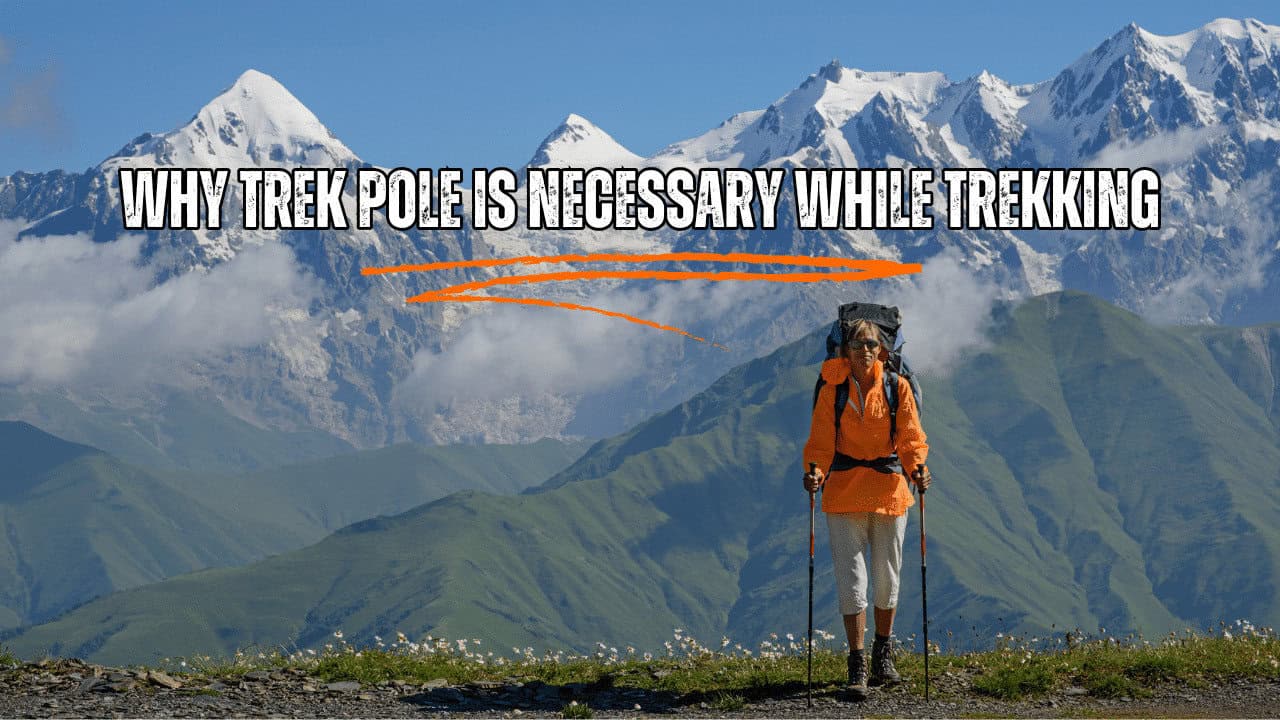
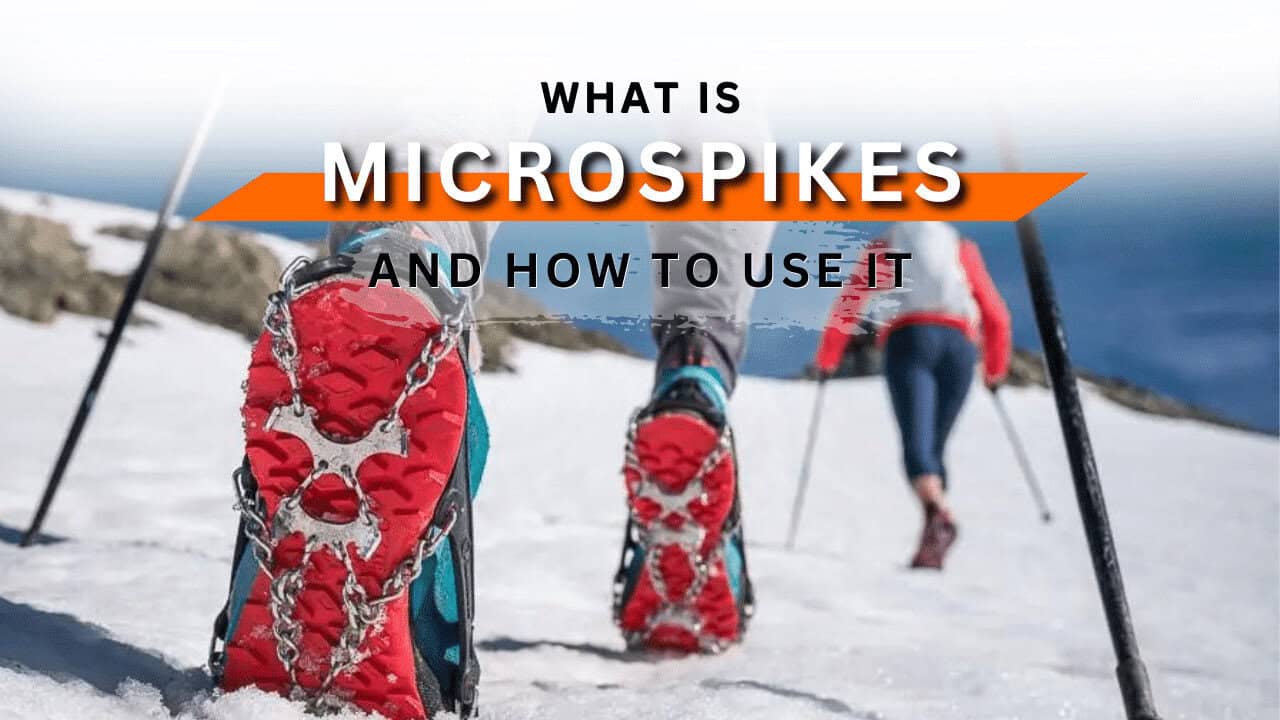


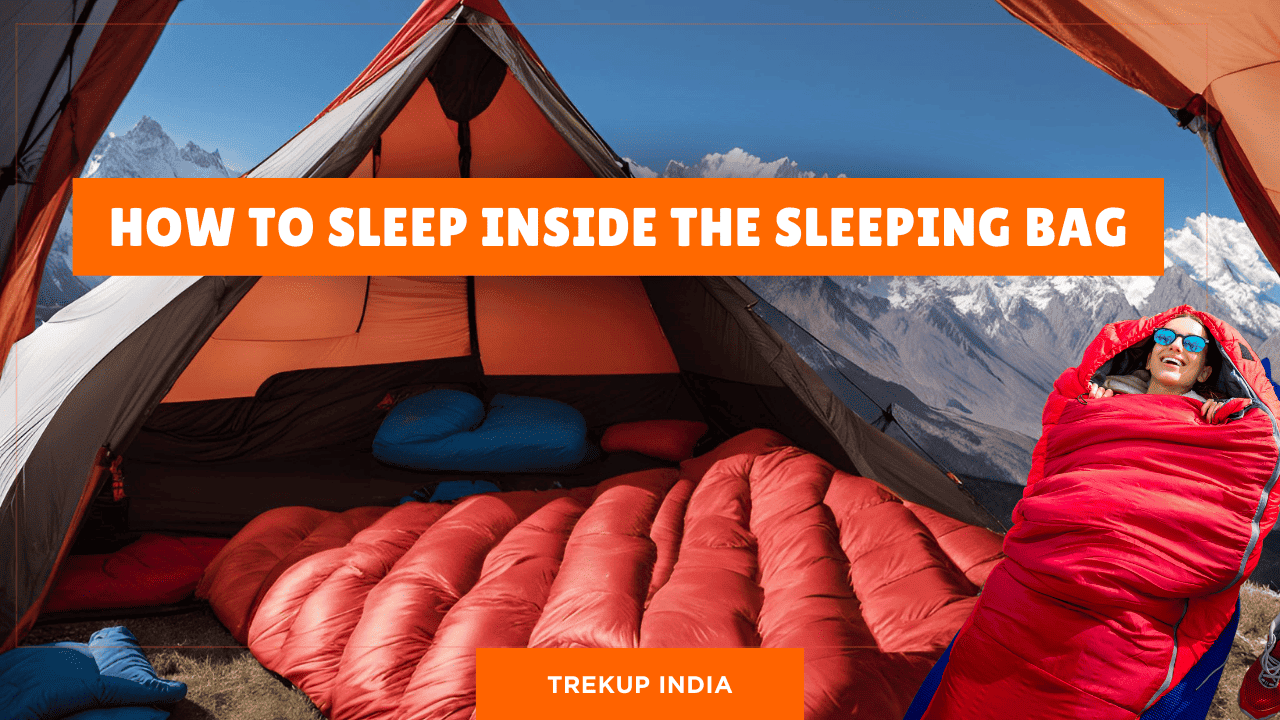


Know Everything About Acute Mountain Sickness
Acute Mountain Sickness occurs when people trek to high altitudes above 8,000 feet. This condition itself develops further due to reduced oxygen levels at such heights. Basically, as you go higher up, the air pressure and oxygen levels decrease, which causes the same problem. Acute Mountain Sickness surely causes headache, nausea, vomiting, and dizziness in affected persons. Moreover, peoples also experience difficulty in sleeping during this condition. To avoid mountain sickness, you should actually trek up slowly to higher altitudes. To learn further about this condition itself, watch the videos by Trekup India.
